


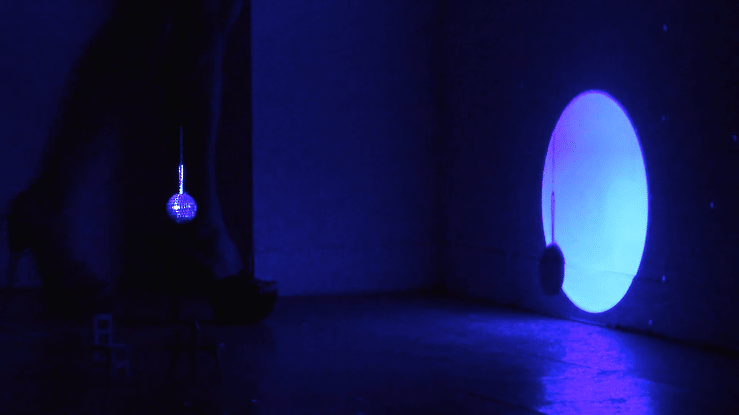
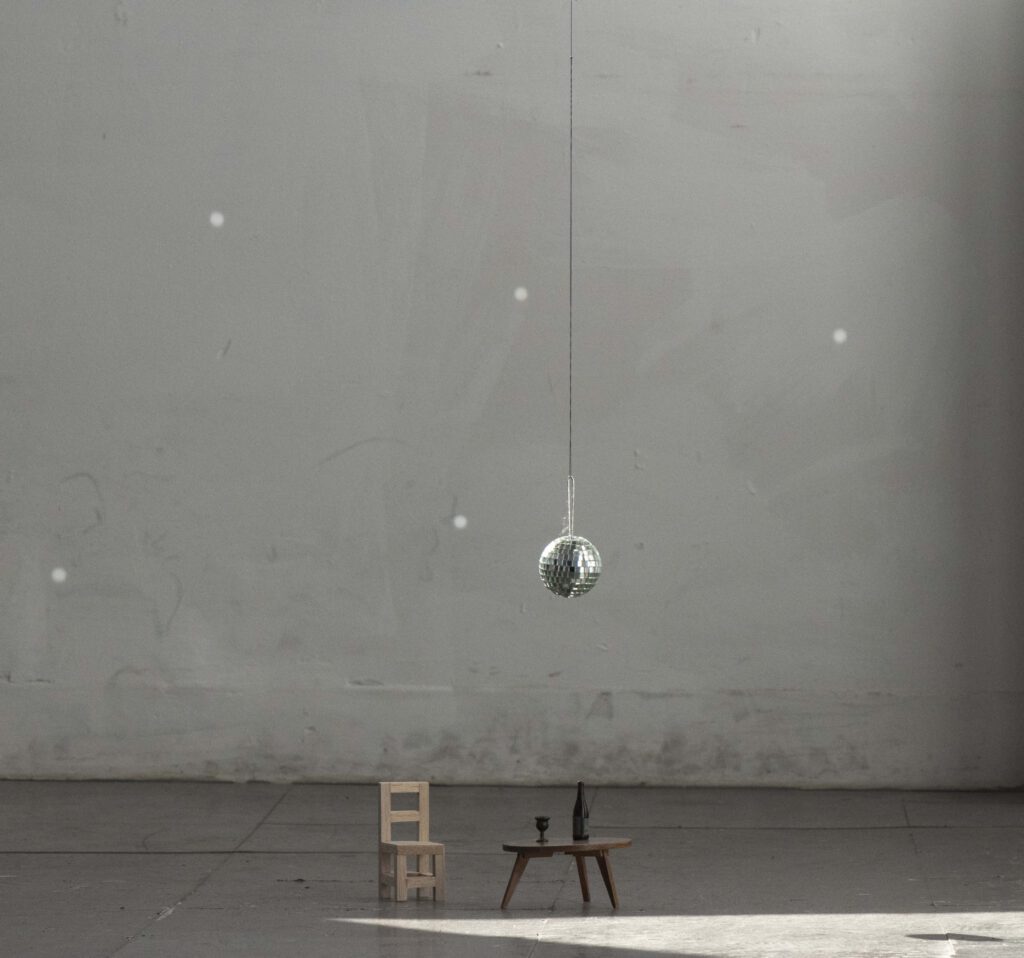
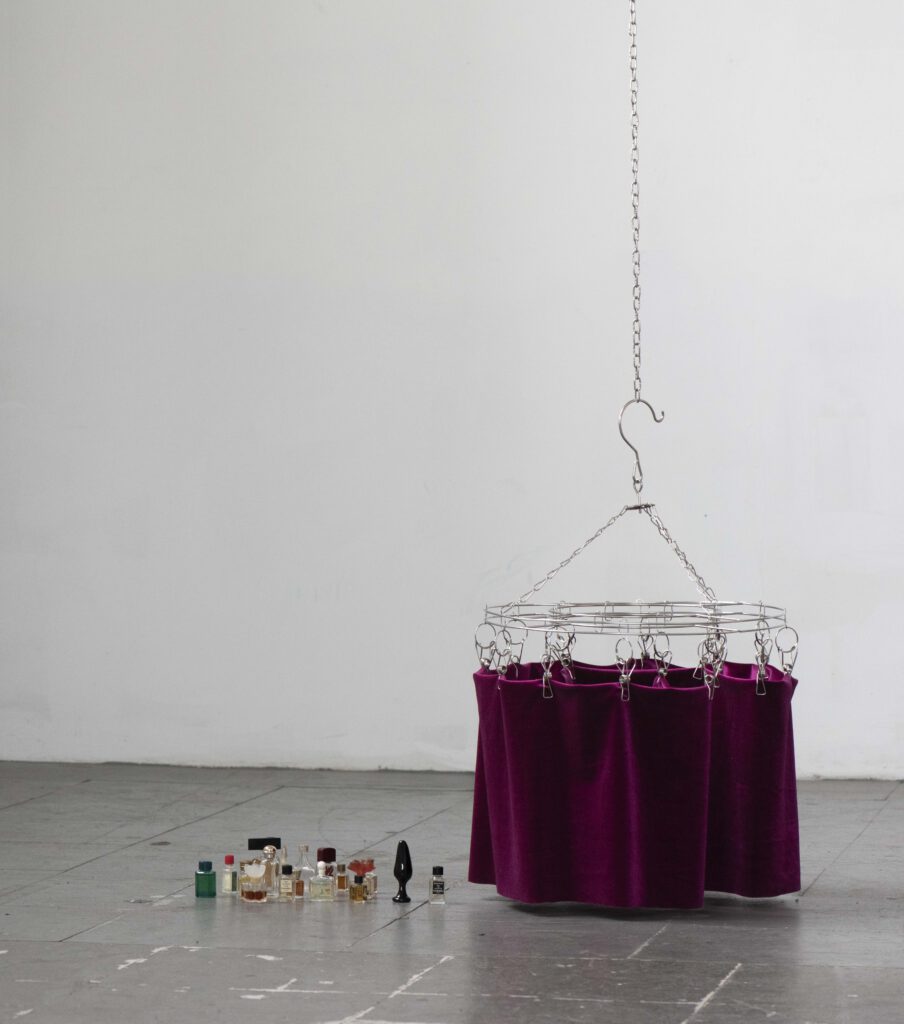
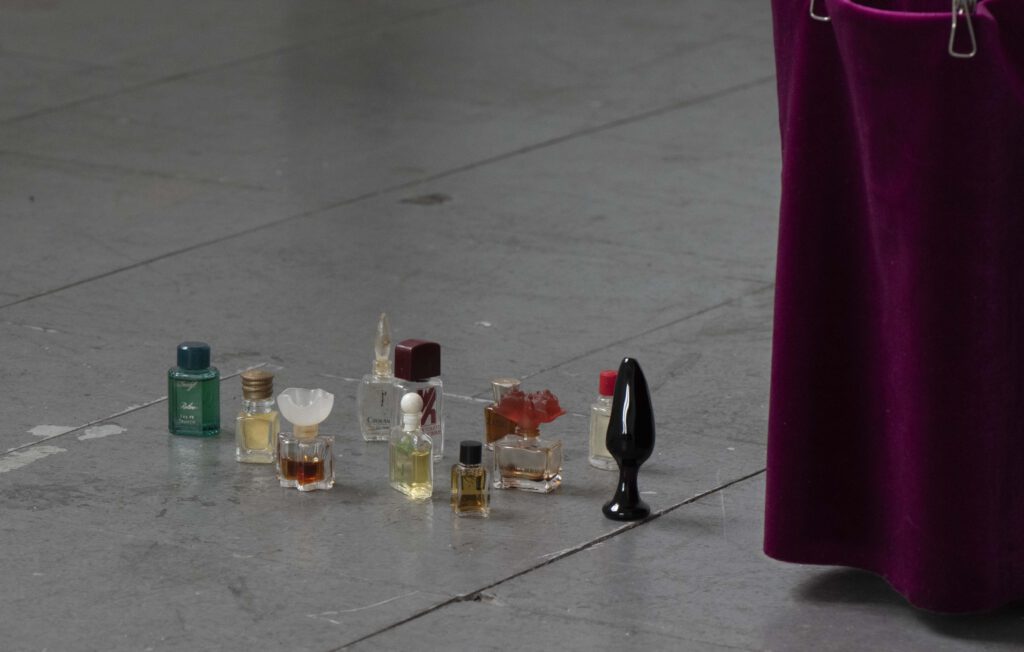
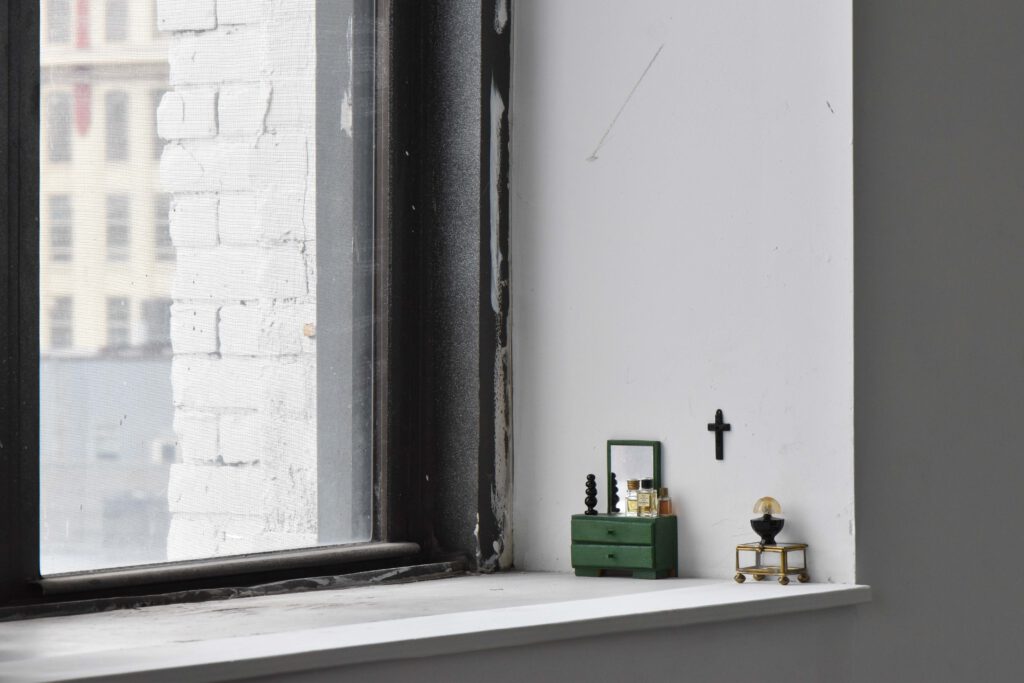
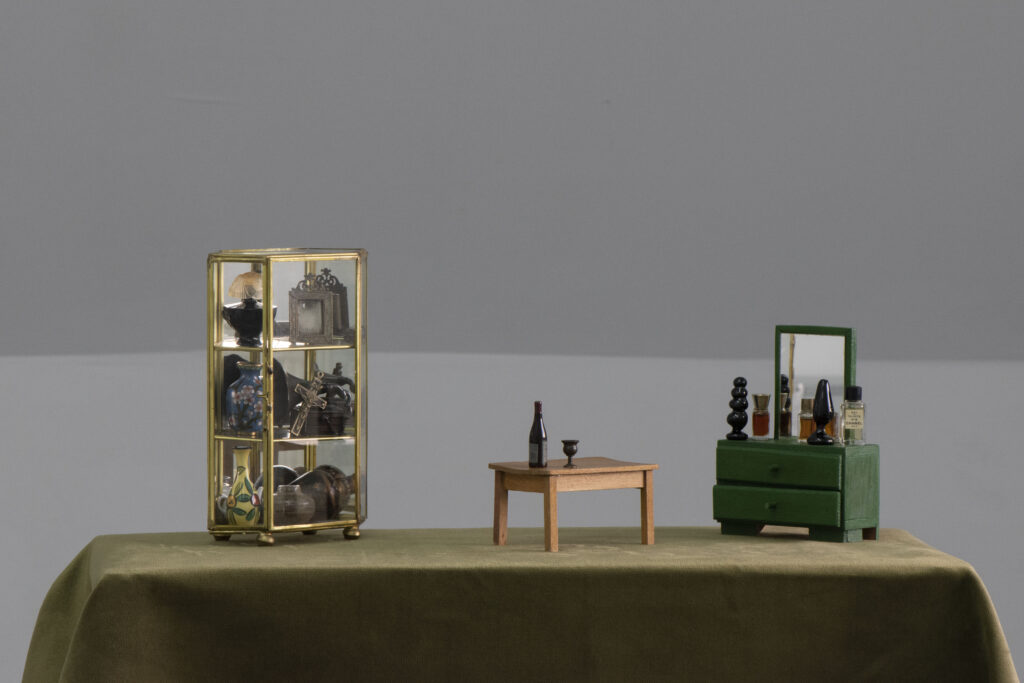
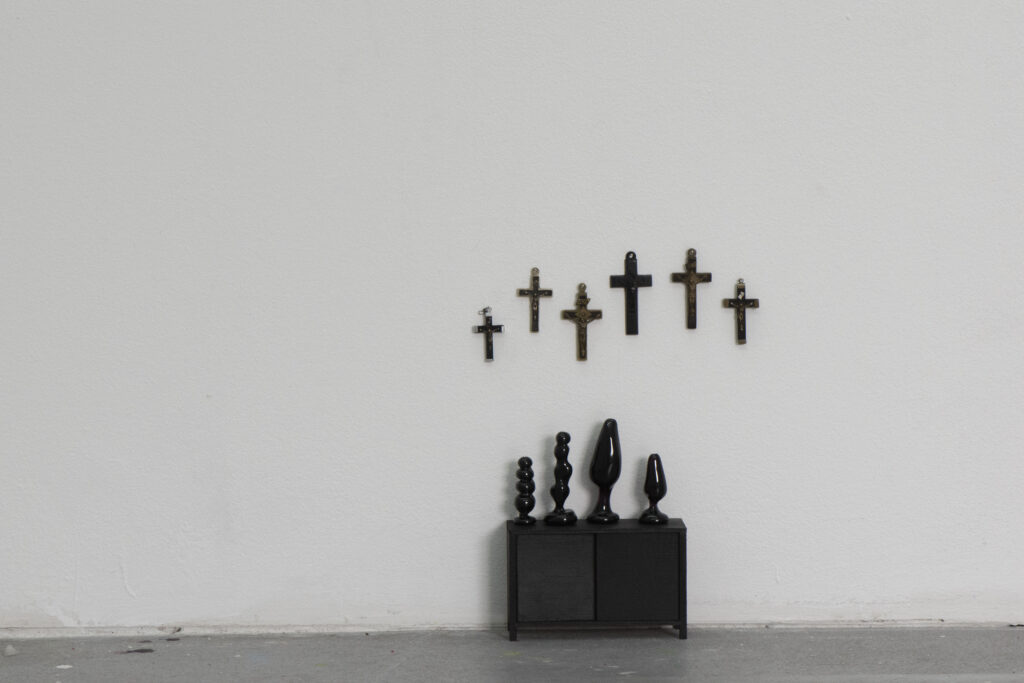
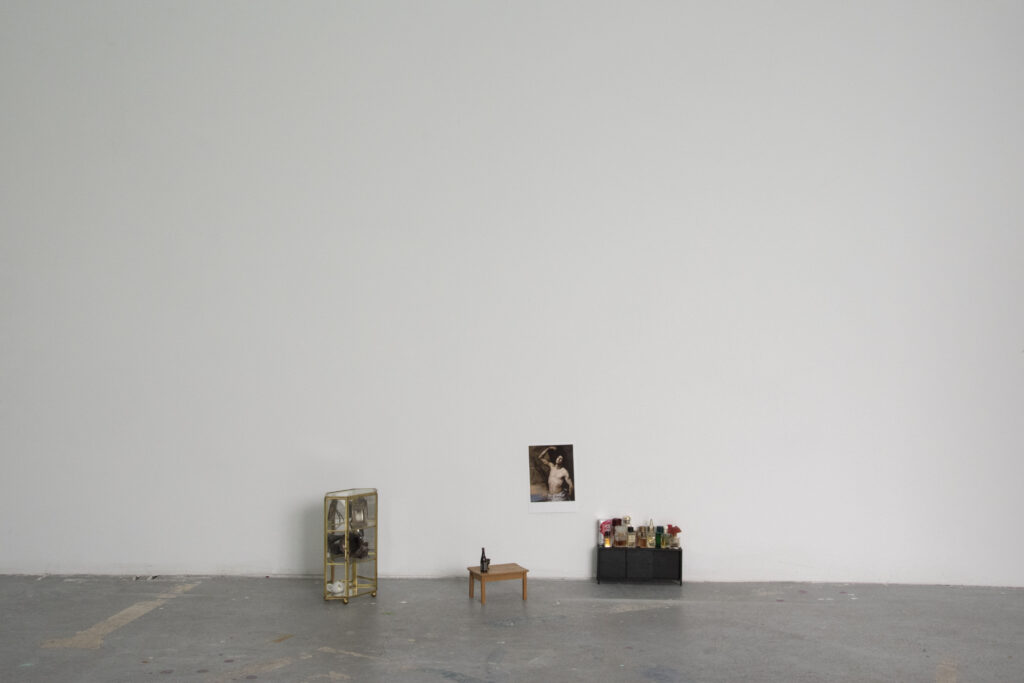
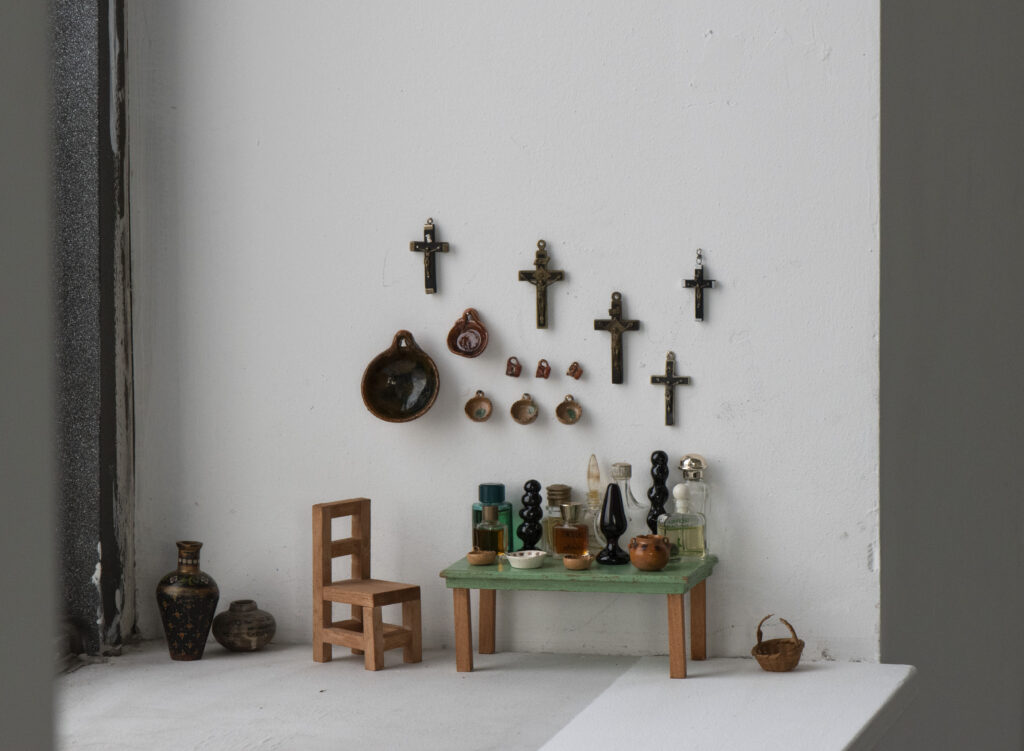
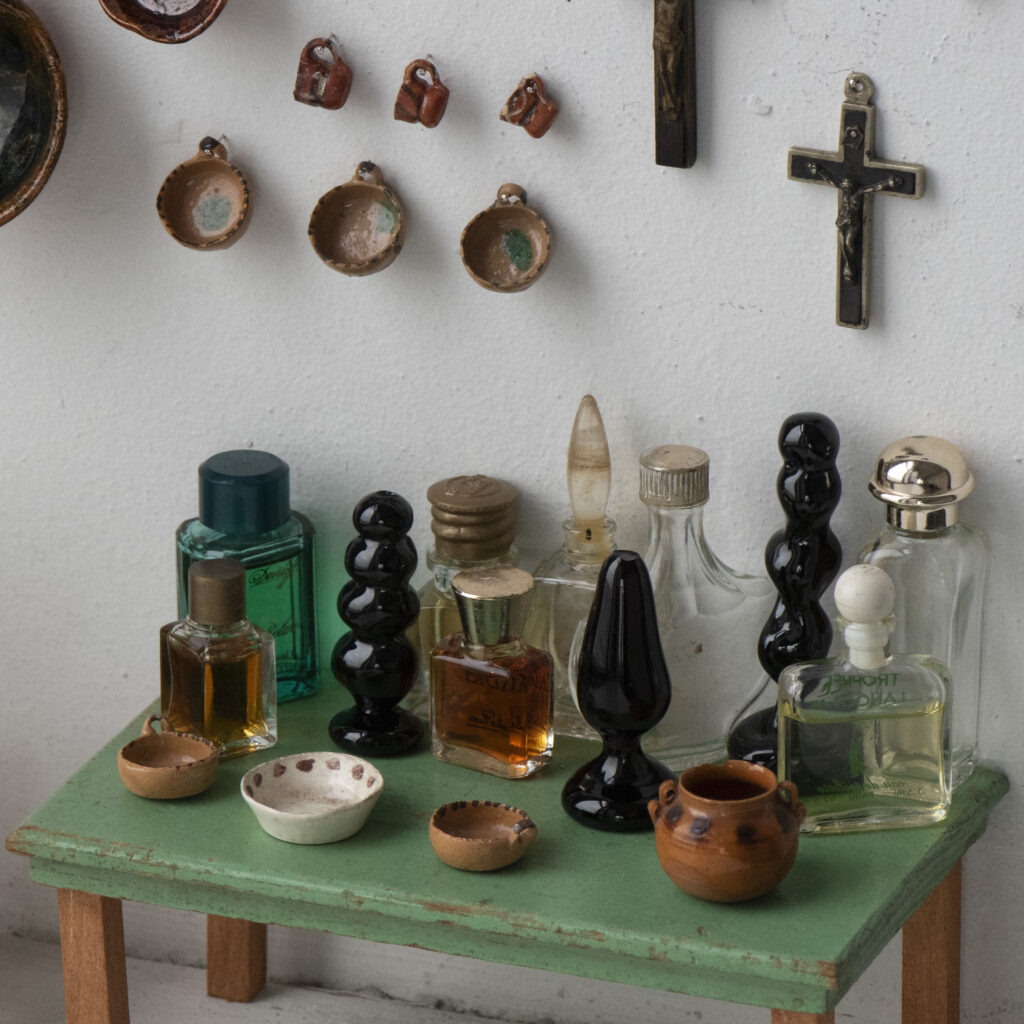
Work in progress…
at NARS Foundation, Brooklyn, New York
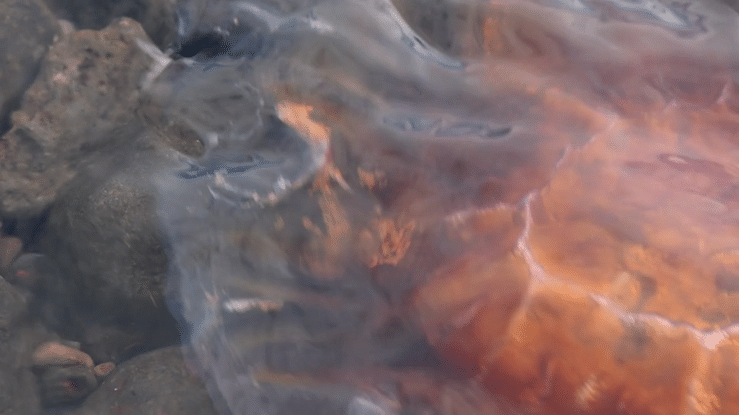


Nepantlera (video previews), 2023
Video Performance, 7:31 min.
HEIMA, Seyðisfjörður, Iceland
Bridge between worlds through ritual transformation.
Perceiving something from two different angles creates a split in awareness that can lead to the ability to control perception, to balance contemporary society´s worldview with the nonordinary worldview, and to move between them to a space that simultaneously exists an does not exists.
Gloria Anzaldúa calls entering this realm “nepantla” -the Nahuatl word for an in-between space, el lugar entre medio. Nepantla, palabra indígena: un concepto que se refiere a un lugar no-lugar. A zone of impetuous transition, the point of contact between the worlds of nature and spirit, between humans and the divine. This liminal space facilitates the bridging and joining of these worlds through ritual transformation.
According to Mexican indigenous spirituality, el alma es una entidad que puede desprenderse del cuerpo. Soul is interiority of both the human personality and the external world, the anima mundi. Imagination’s soul dimension bridges body and nature to spirit and mind, making these connections in the in-between space of nepantla.
The physical world is not the only reality.
Nepantleras are liminal people, at the threshold of form, forever betwixt and between. They move among different realities and psychic states, journeying beyond the natural order or status quo an into other worlds.
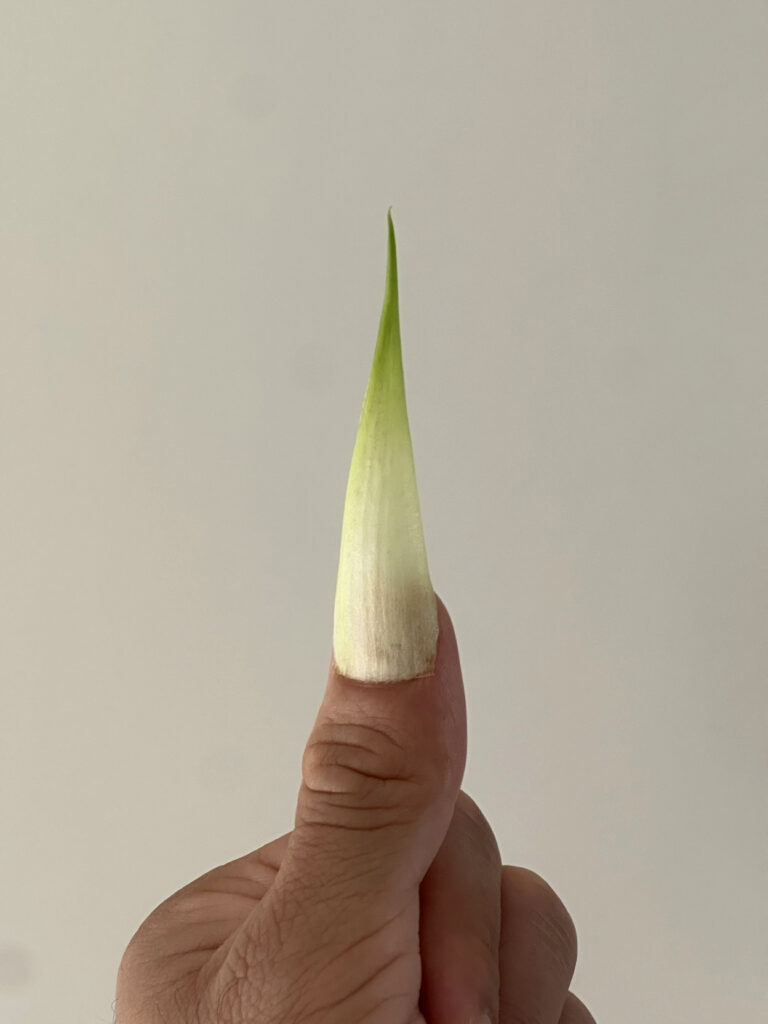
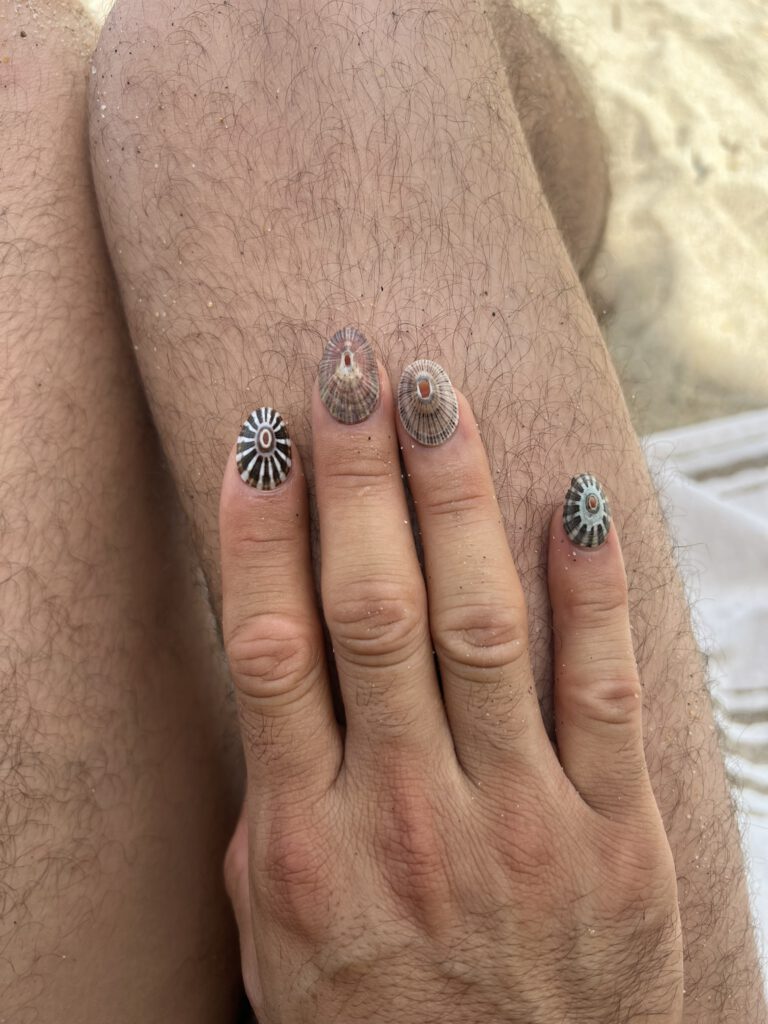
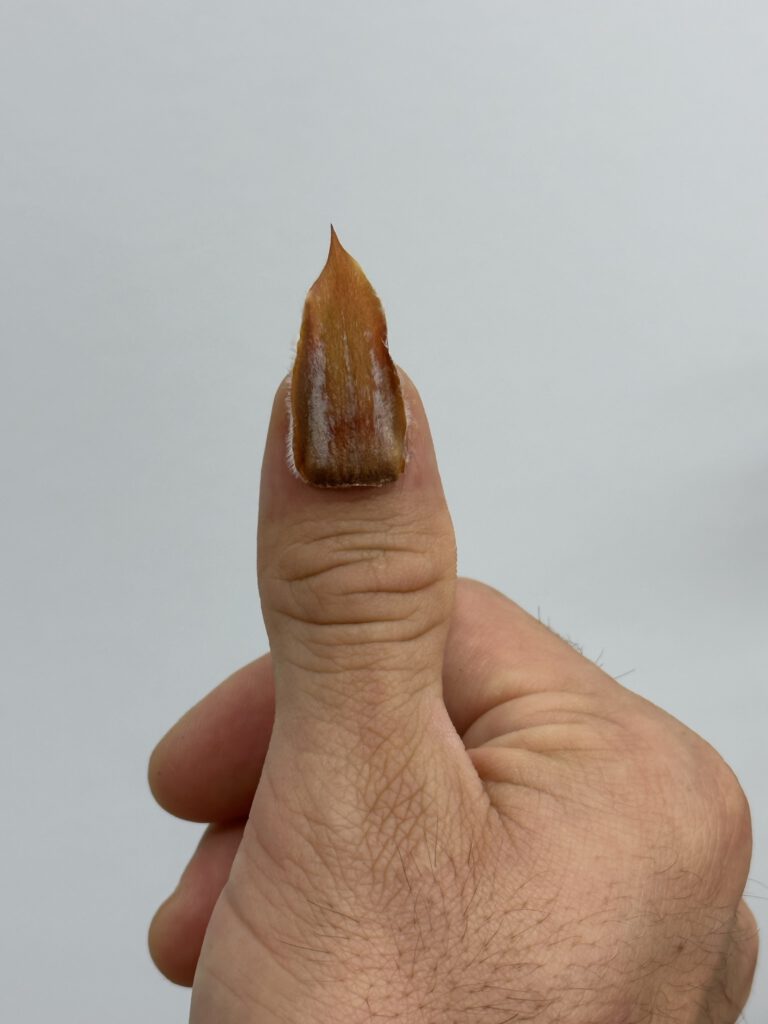
Nails, 2022 (ongoing)
Shells, leaves, and flower petals on nails.
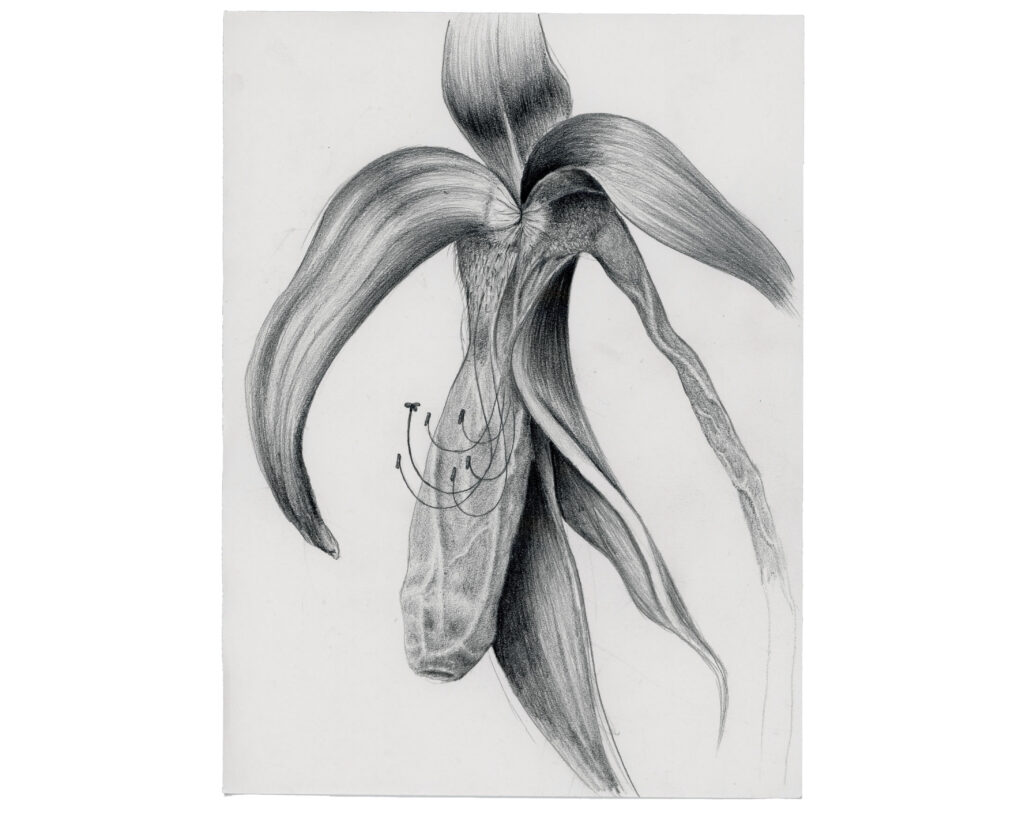
Lily Azteca, 2022
Pencil on paper, 21 x 29.7 cm

Lily Azteca III , 2022
Pencil on paper, brass silver eyelets with washers,
stainless steel hooks 57 x 77 cm
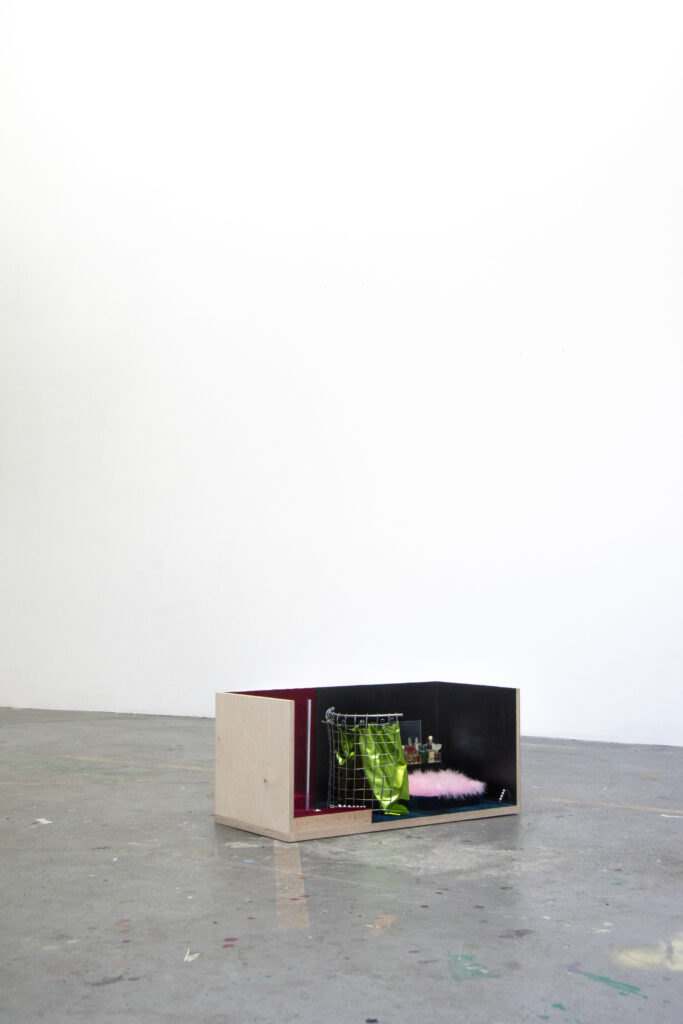

Desires, 2022
Mixed Media, 64.5 x 28.5 x 30 cm.
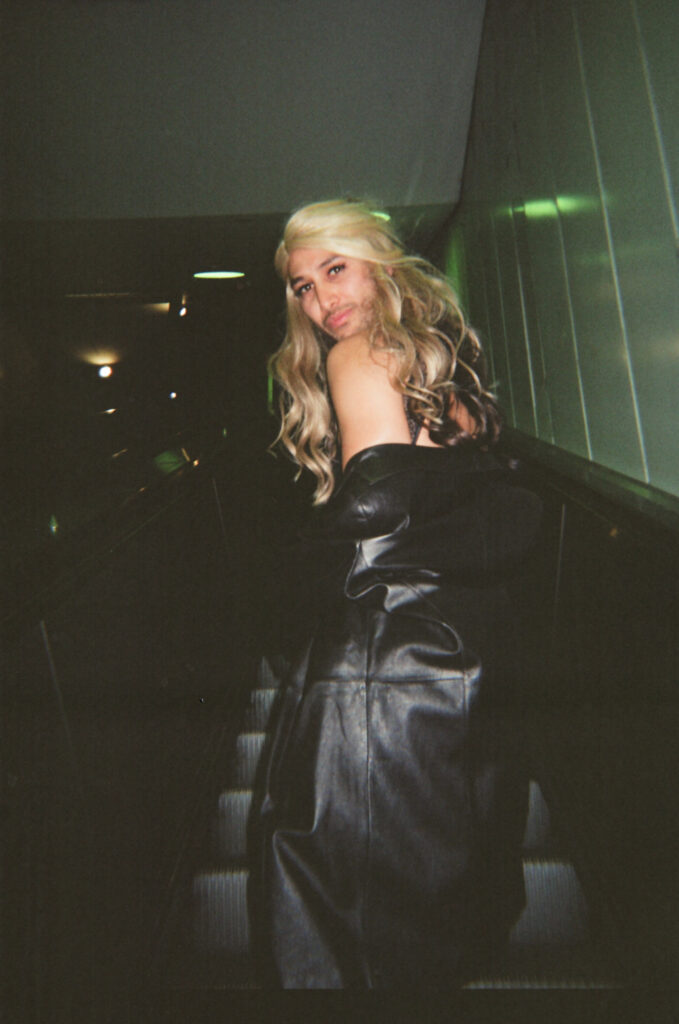
The character, 2023 (ongoing)
Photo by Panagis Marketos
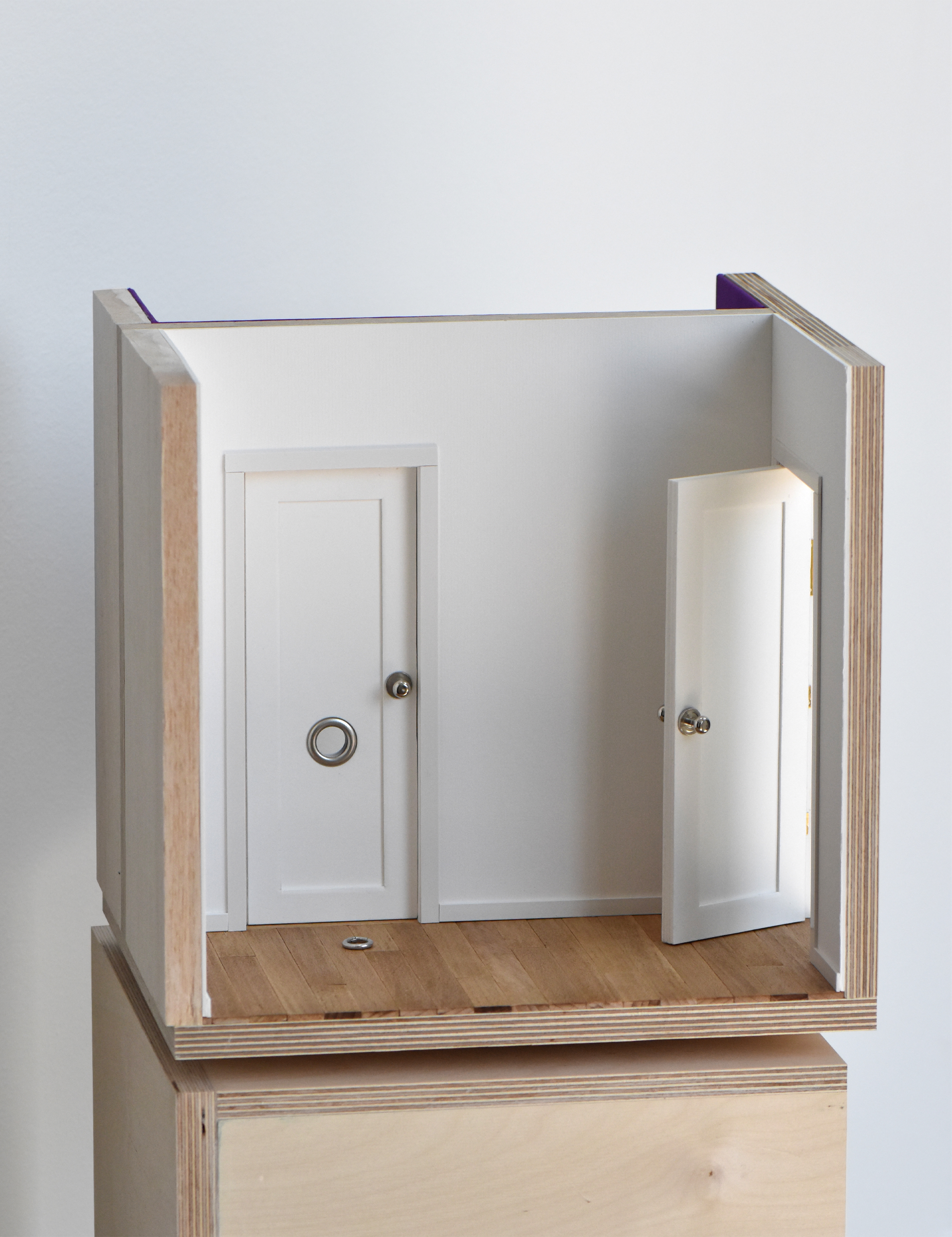
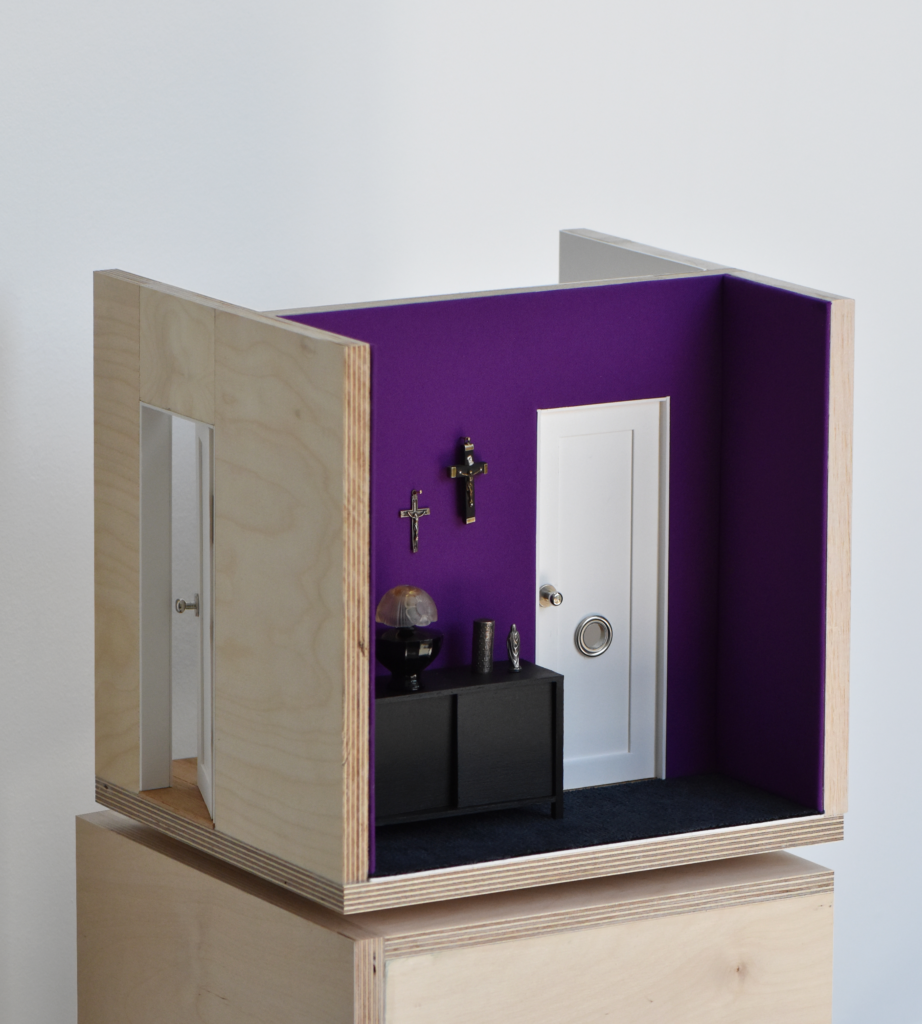
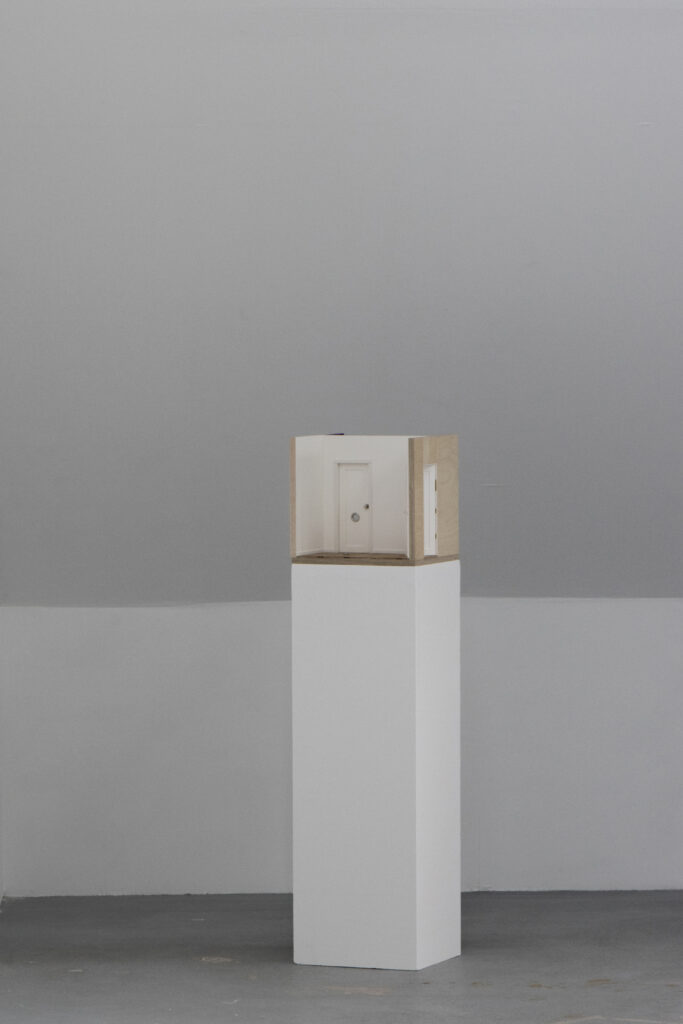
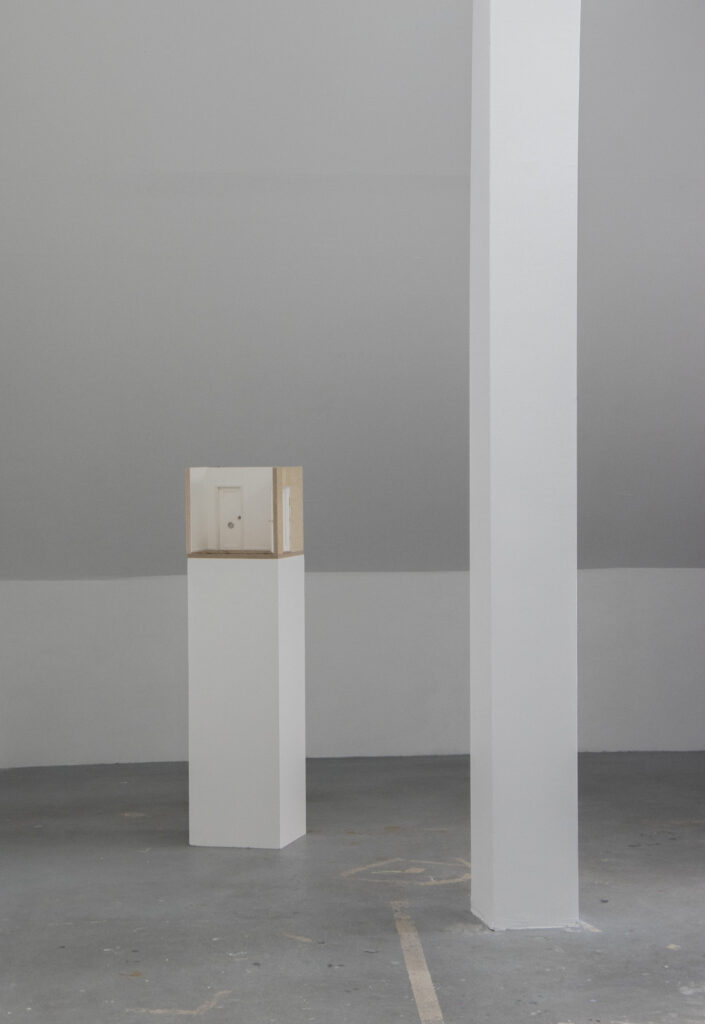
Double Moral, 2022
Mixed Media 30.5 x 28.5 x 26.5 cm
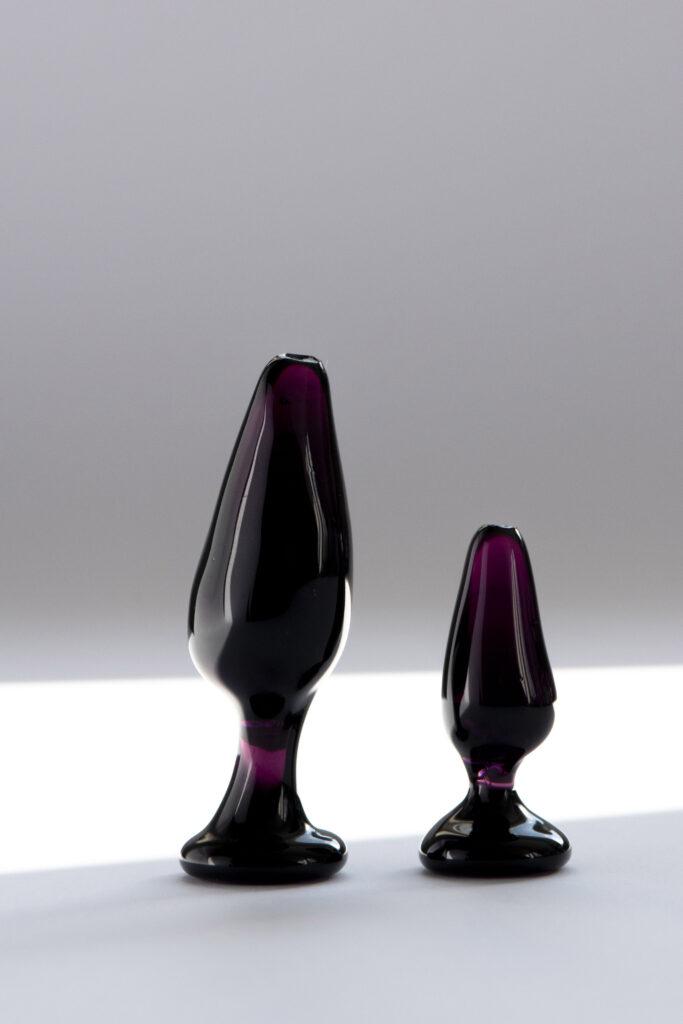
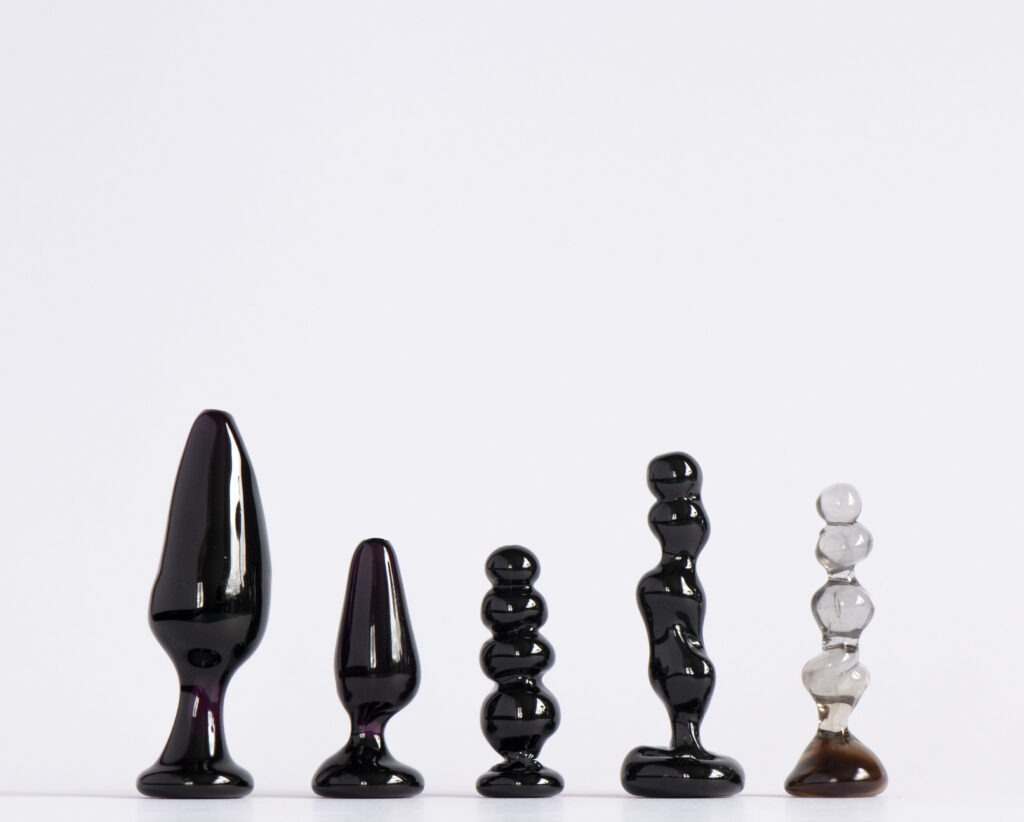
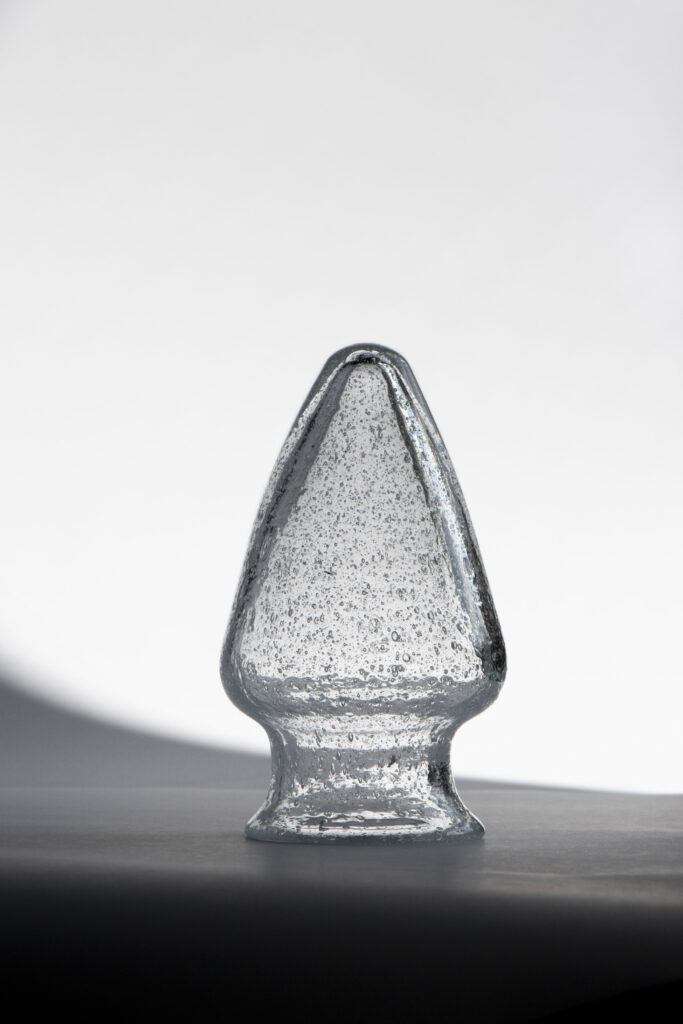
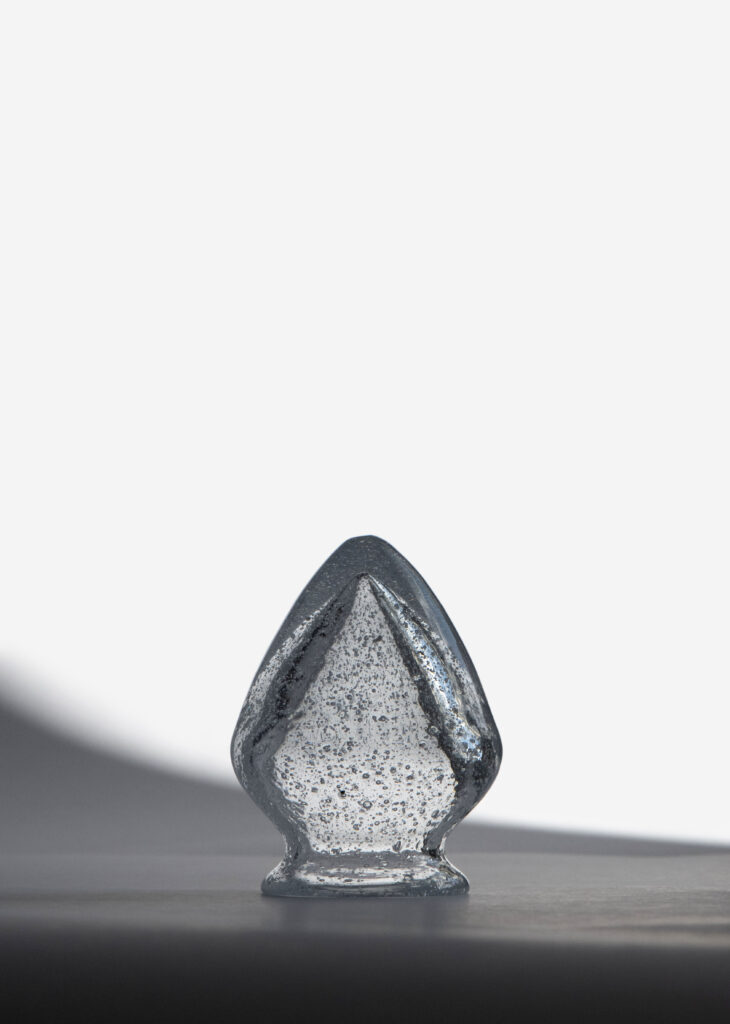
Phallic objects, 2022 (ongoing)
Glass, dimensions variable
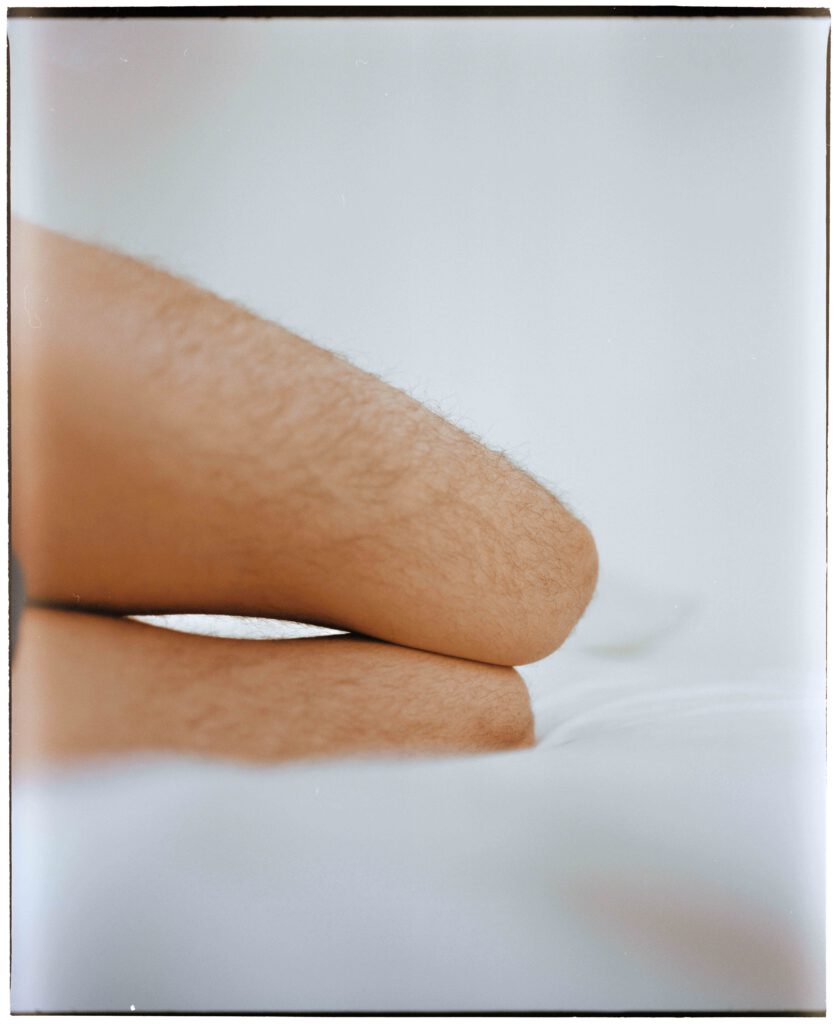
Self Portrait (Portal), 2021
C-Print, 19 x 23 cm
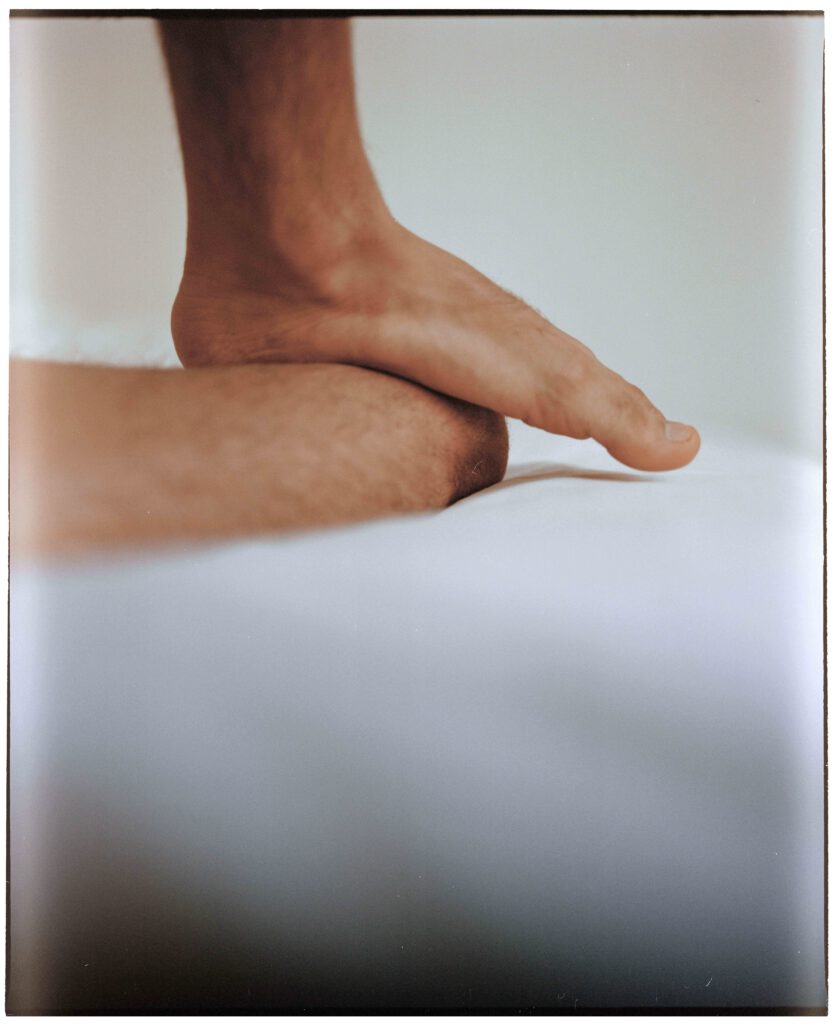
Self Portrait (Foot), 2021
C-Print, 19 x 23 cm
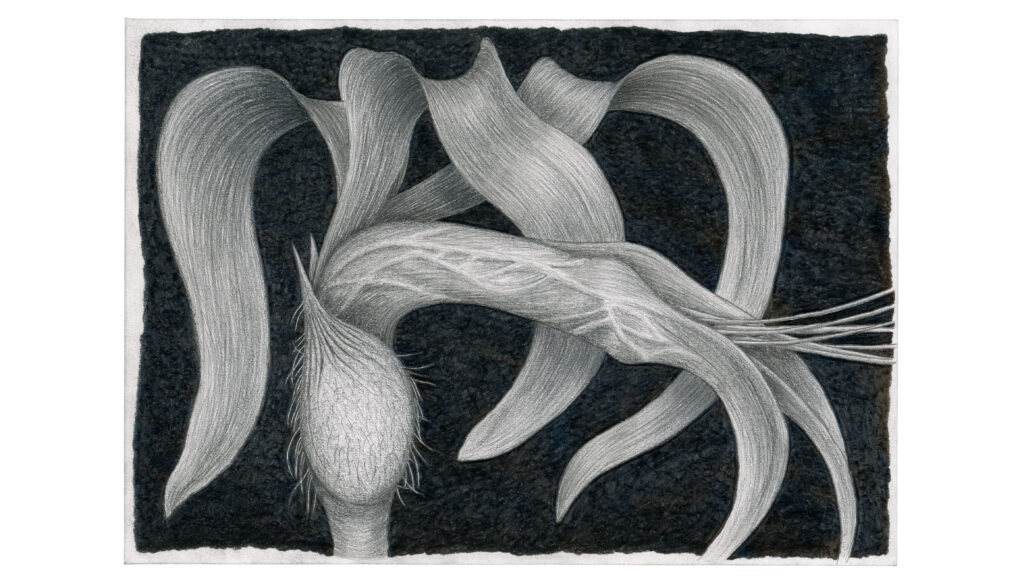
Lily Azteca IV, 2022
Pencil on paper, 29.5 x 21 cm
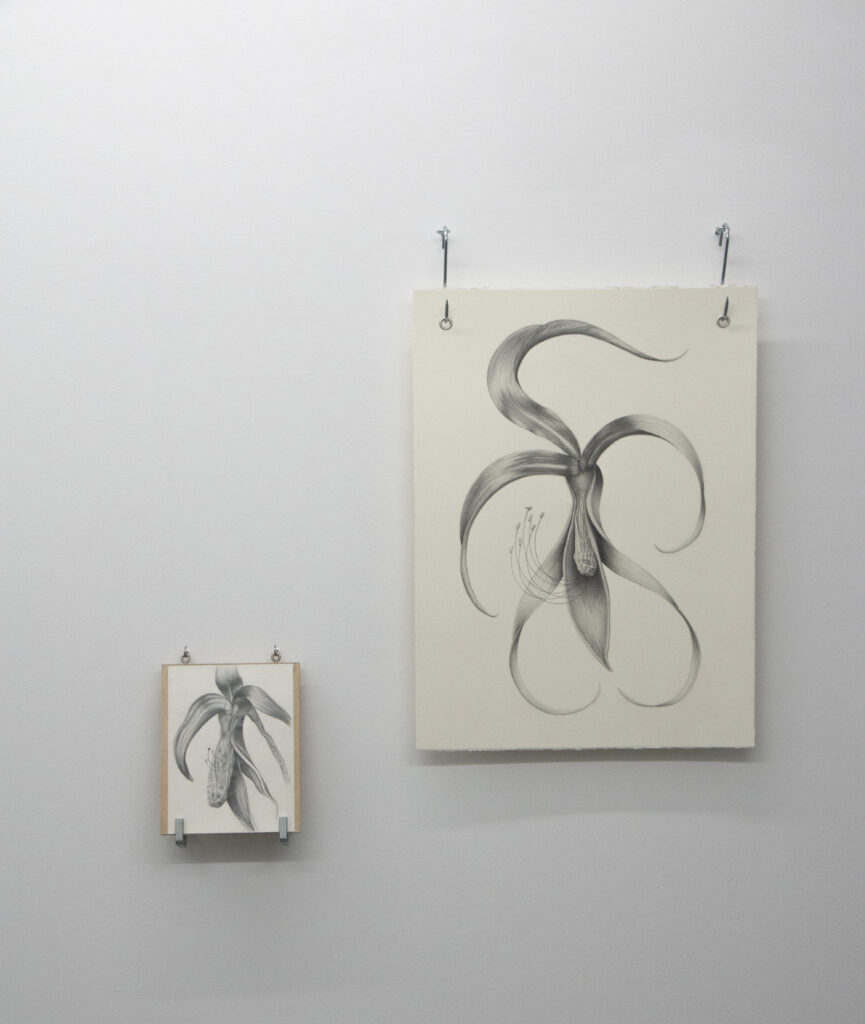
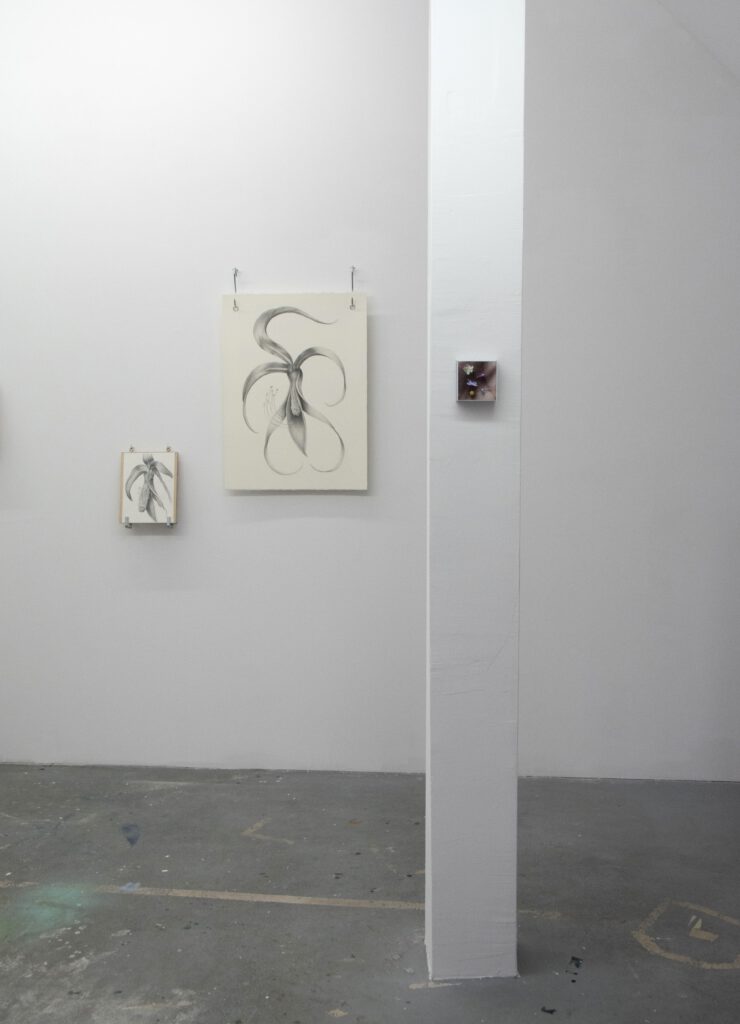
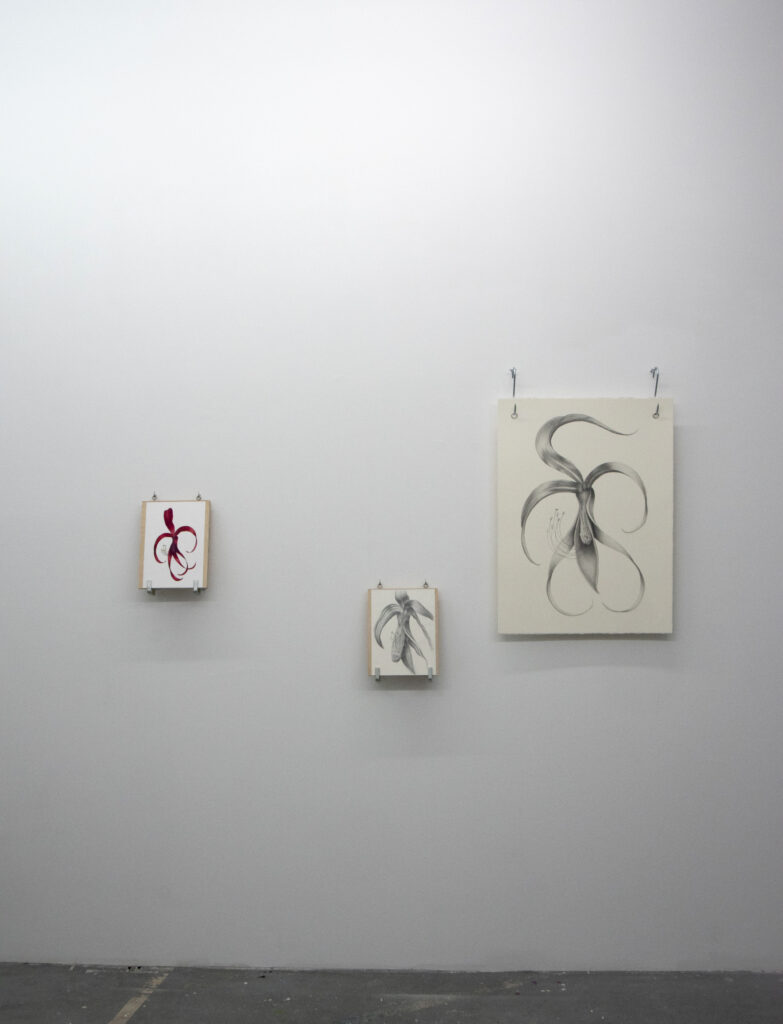
Lily Series
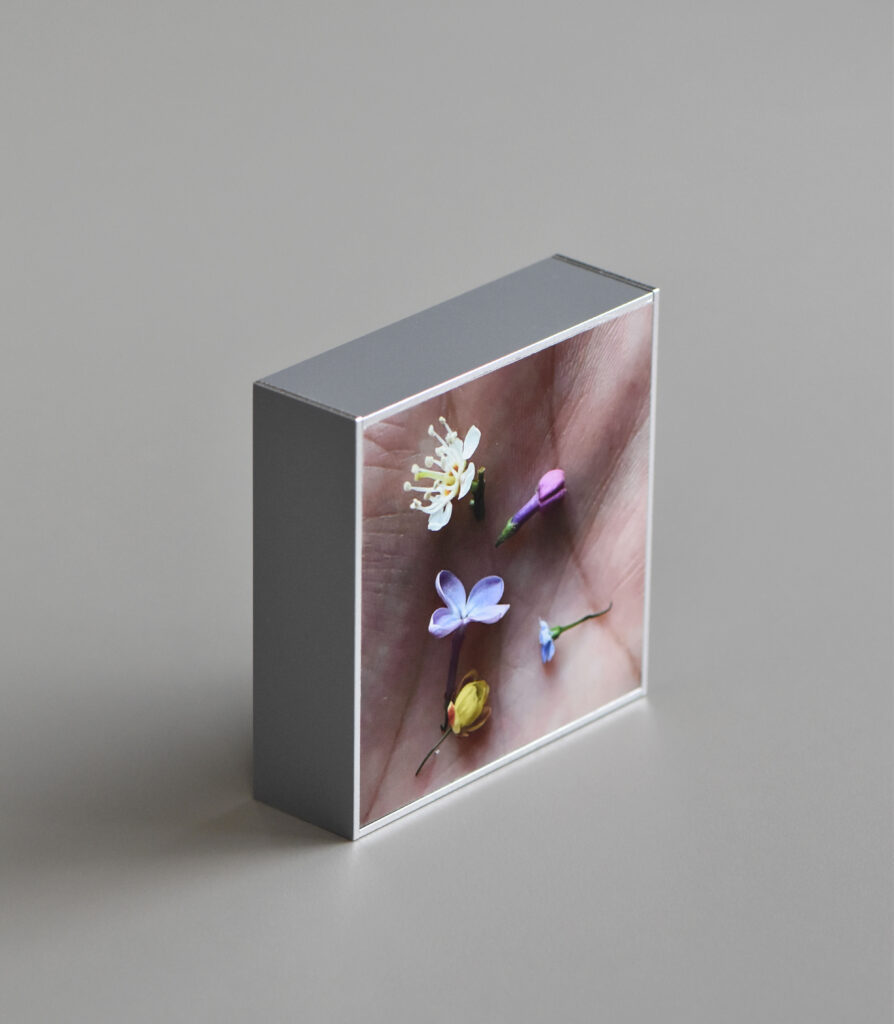
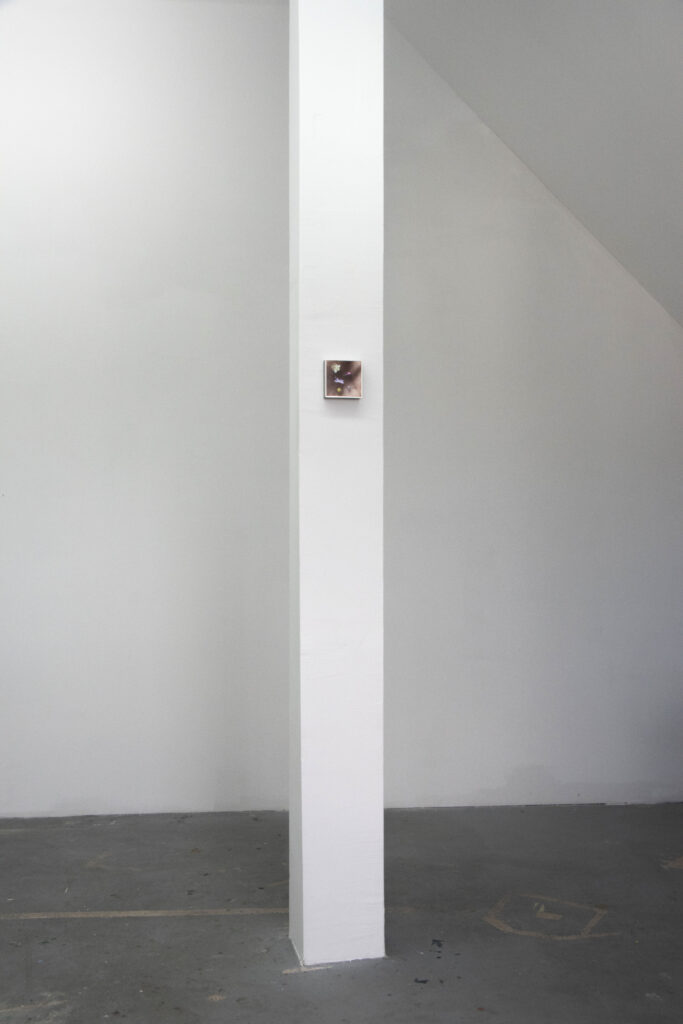
Fragile, 2021
Inkjet print on aluminium, 10 x 10 x 3 cm.
Memorial to the people who died after the collapse of a metro overpass
due to government negligence in Mexico City on May 3, 2021.
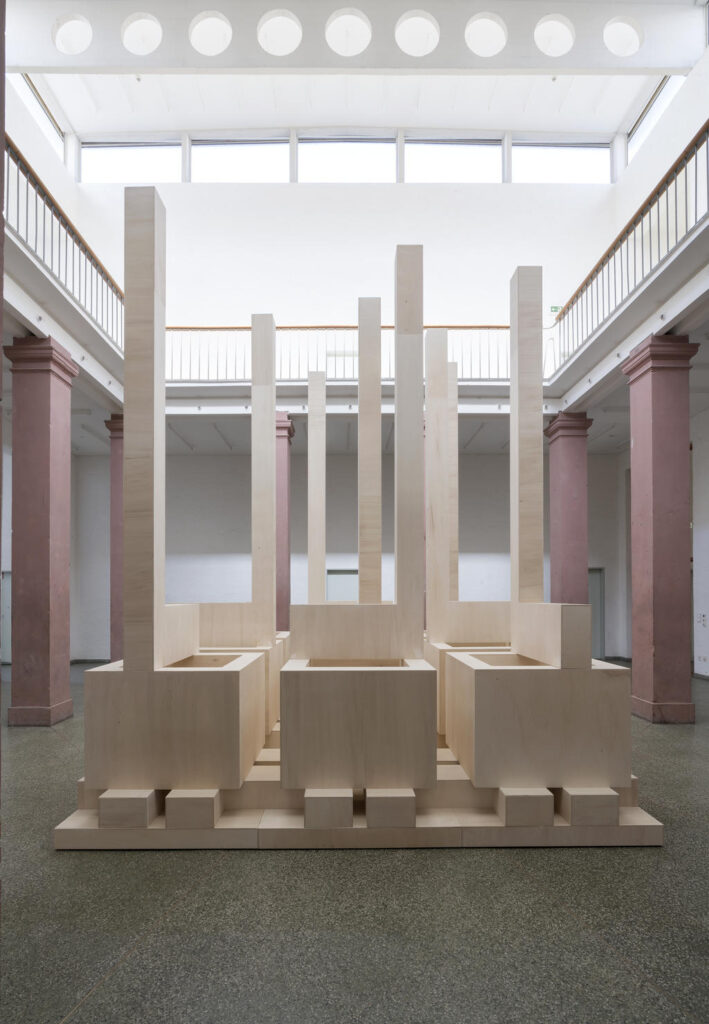
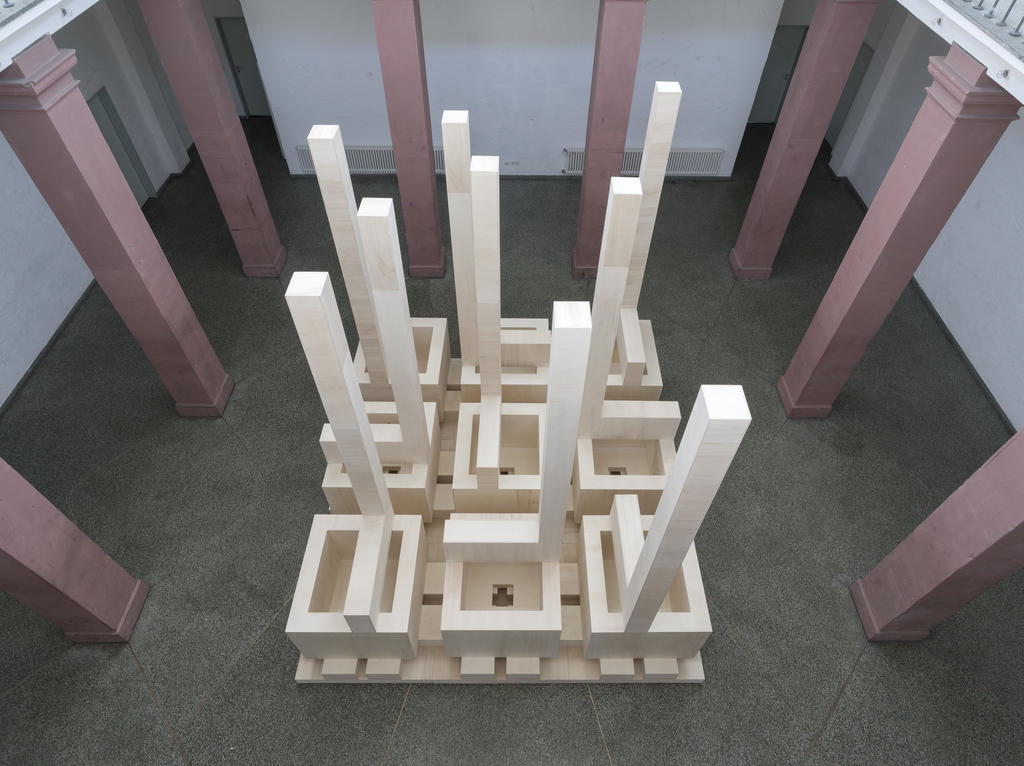
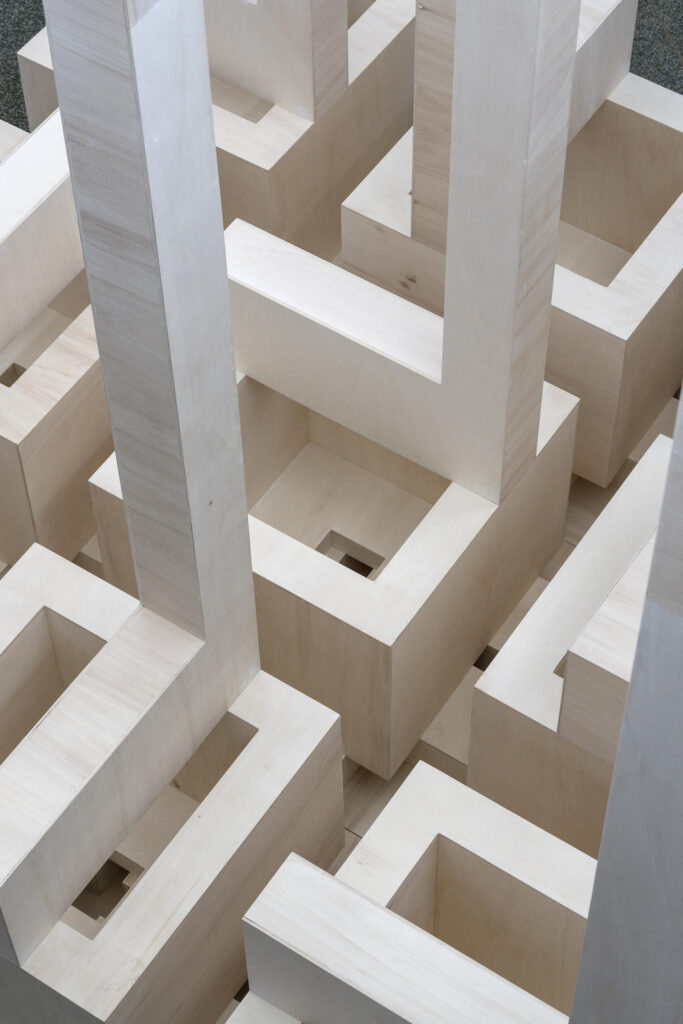
1 Square Mile City, 2019
Wood, 300 x 300 x 400 cm
Lichthalle, Städelschule, Frankfurt a.M.
Photos by Wolfgang Günzel
There is no city without architecture and there is no architecture without the city.
The city is the birthplace of the theatre, the temple, the hall of justice, the parliament, the gymnasium, the bath, the bazar, the stadium, the colosseum, the church, the museum, the library, the prision, the hospital, the psychiatric clinic, the hotel, the casino, the high-rise, the World Trade Center, and it is currently also the place of data centres and pencil towers to store financial capital. The city hosts the largest artefacts we know. The city is not only the artefact of a collection of historical buildings but also the place where new forms of architecture emerge and are produced. The city is the object of our spatial culture. The city is the author of its architecture.
This object is representing a „real“ City. It is based on the architecture of the contemporay city of New York, which was studied, analysed, and finally designed in an analytic modular system. The exhibition object equals exactly the size of contemporary city developments, like the Hudson Yard Project around Penn Station, and contains one square mile of floor area. The distribution of each of the following functions:
1. The pencil towers – space of financial capital,
2. The housing slab – space of bio-politics,
3. The hotel – space of inhabitation,
4. The gridded mat-building – space of consumption,
5. The gigantic non-human factory – space of production,
equals proportionally the amount of square miles of floor area that these functions occupy within a contemporary city, like New York City.
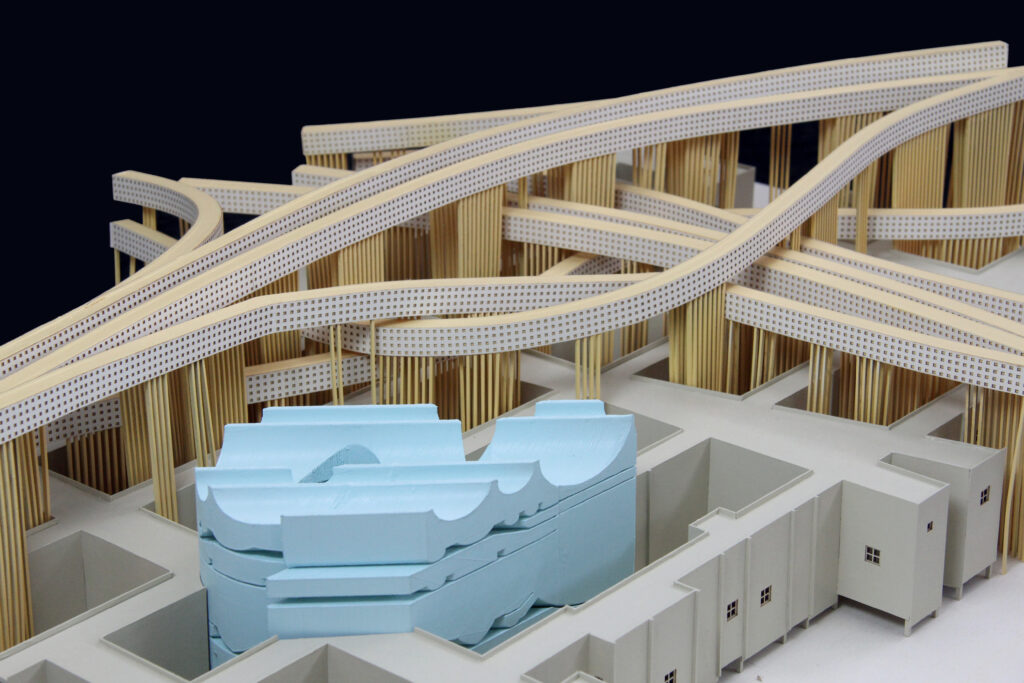
The Common Knowledge of the City, 2019
Cardboard, 3D printed PLA, Wood, Adhesive material 110 x 80 x 20 cm
Research based on a close formal reading of the work of Aldo Rossi and his book “Architecture of the City.” The thesis argues that typology is something that goes beyond authorship and functionality. It goes beyond authorship because typology is not defined by a specific building, typology can only be understood if we compare different buildings and see that they share similarities in their actual formal organization and these similarities are identified as typological themes. This project puts forward the common of the city which is the collective intelligence that takes form on specific typological themes and proposes a new organizational diagram for the city of New York.
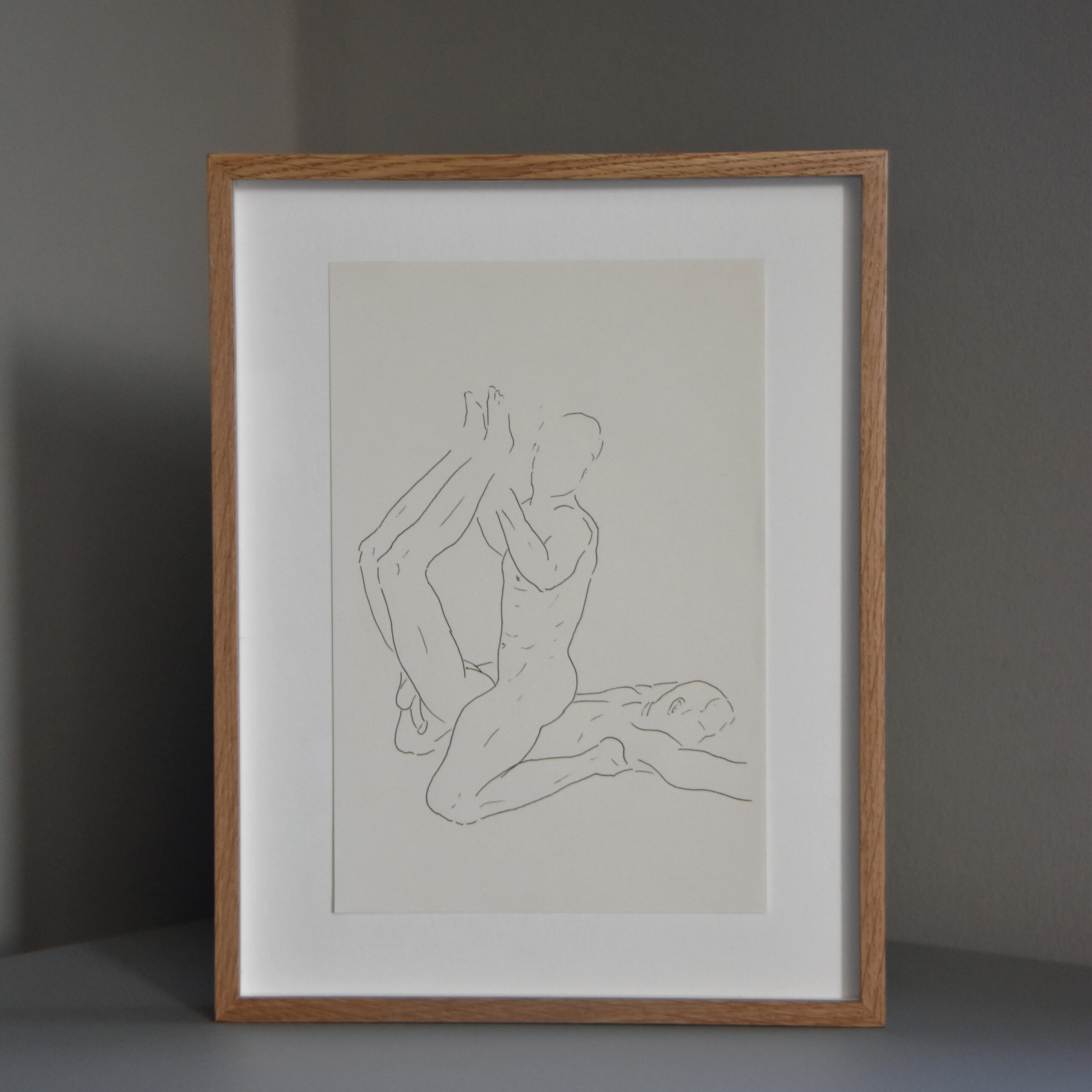
Lifting Legs, 2020
Ink on paper, 21 x 14 cm
Frame 28 x 21.5 x 3 cm
Read text “Tenderness towards masculinity”
by Felix Kosok about my work on exhibition
www.pret-a-parler.org/
by Aileen Treusch.
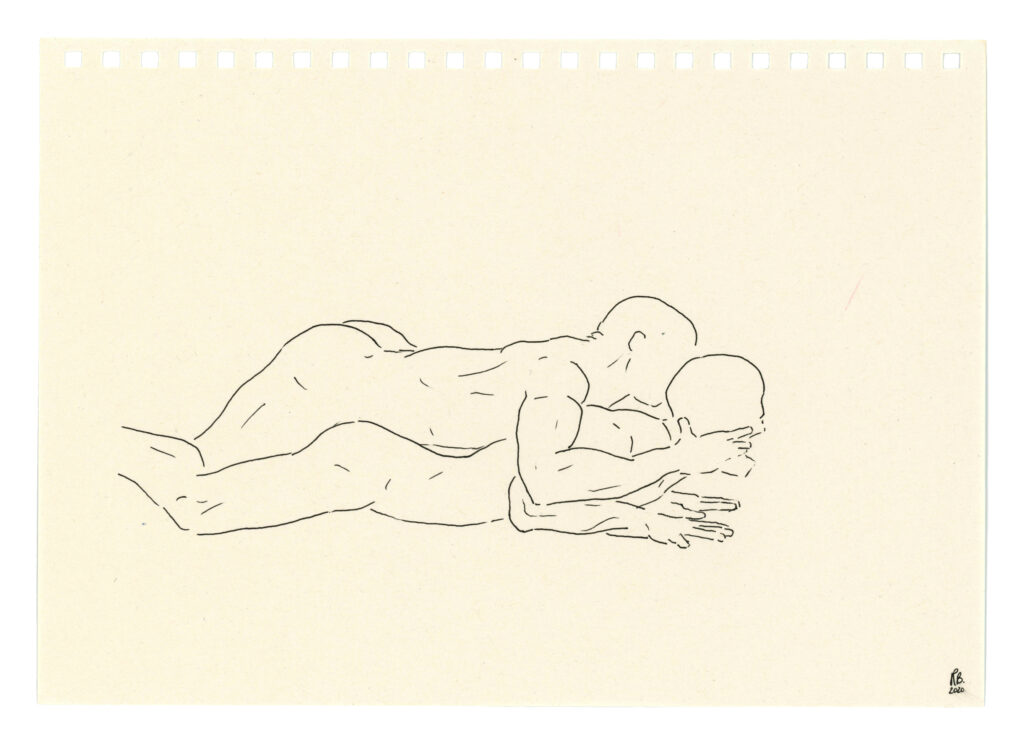
Mouth Open, 2020
Ink on paper, 15 x 21 cm

Upside down, 2020
Ink on paper, 21 x 15 cm
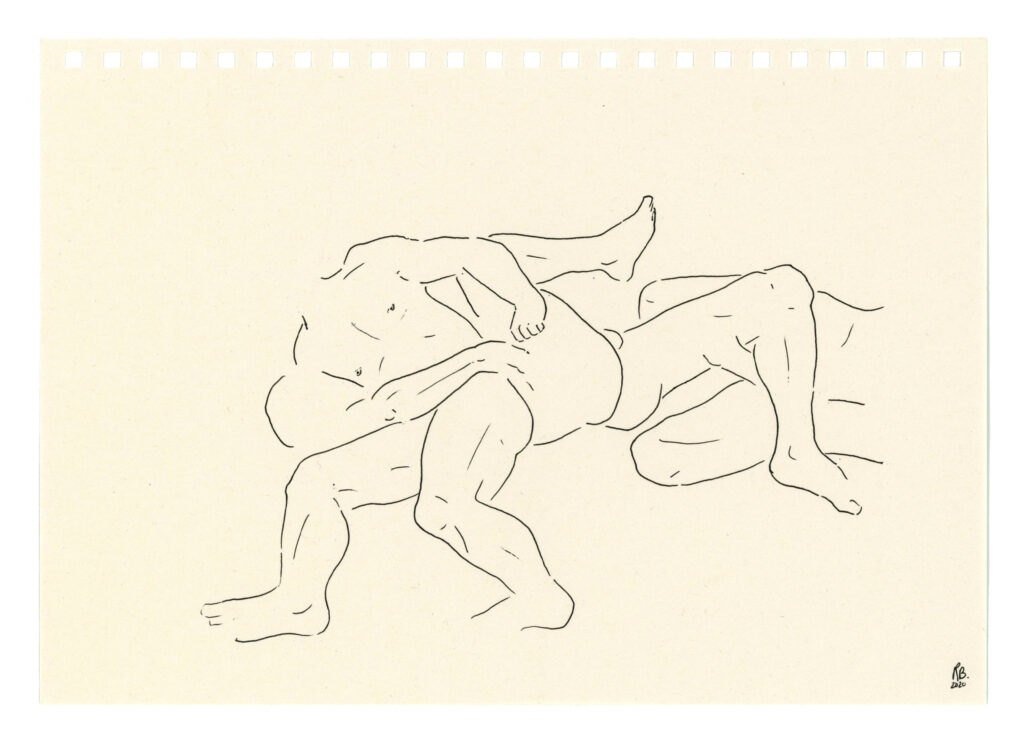
Gathering, 2020
Ink on paper, 15 x 21 cm
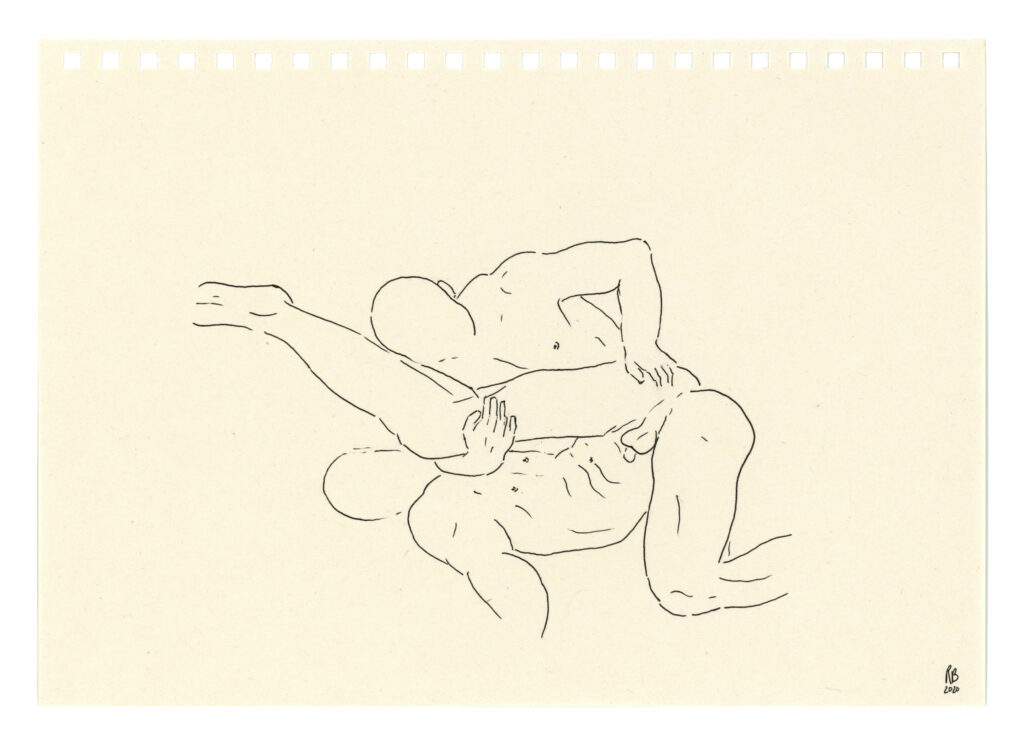
Fingers, 2020
Ink on paper, 15 x 21 cm
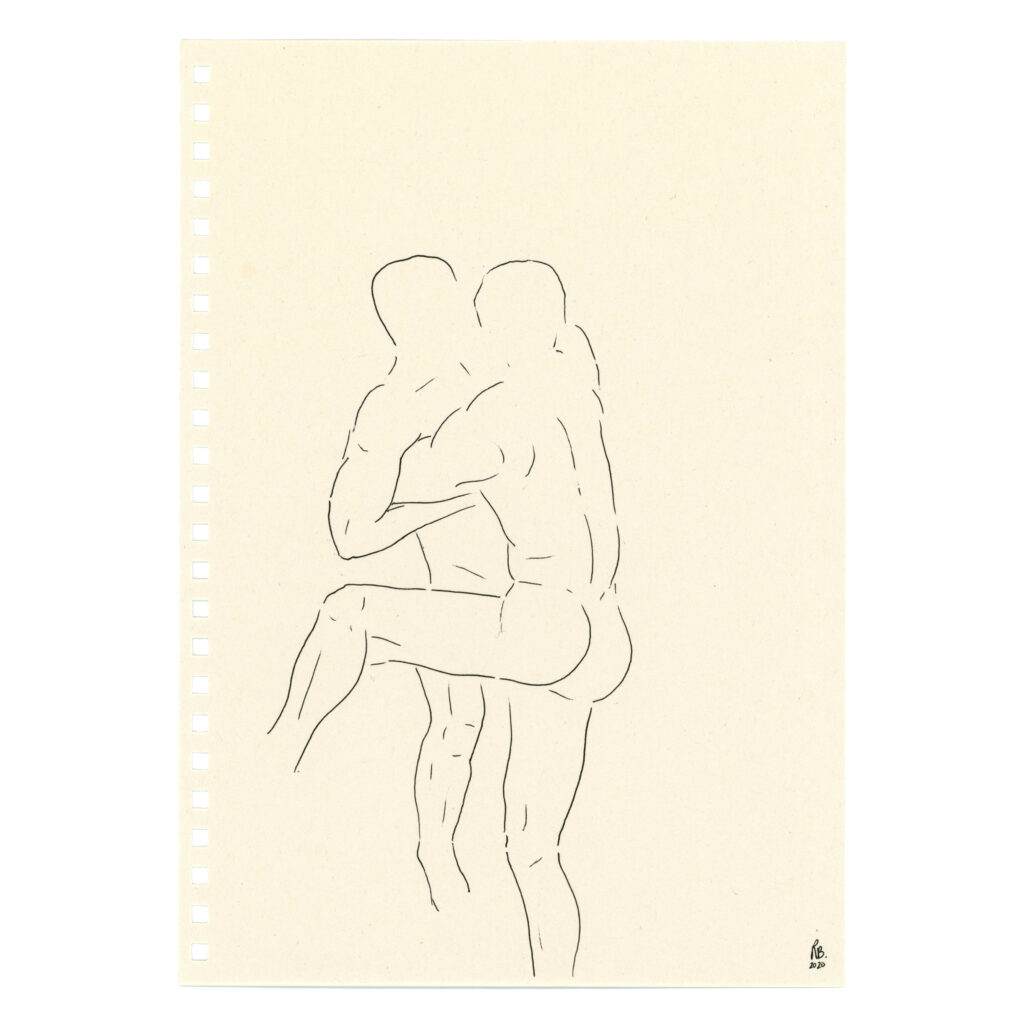
Hugged, 2020
Ink on paper, 21 x 15 cm
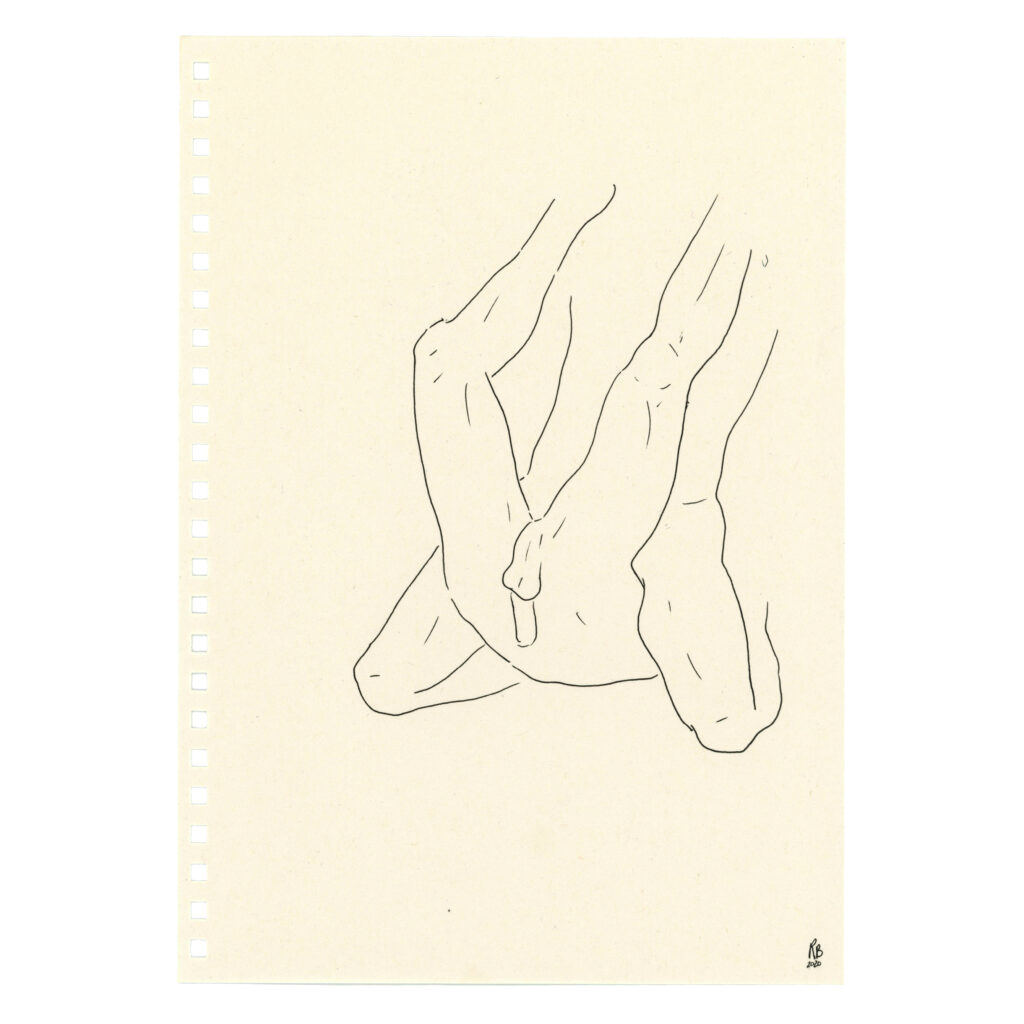
Stretching, 2020
Ink on paper, 21 x 15 cm
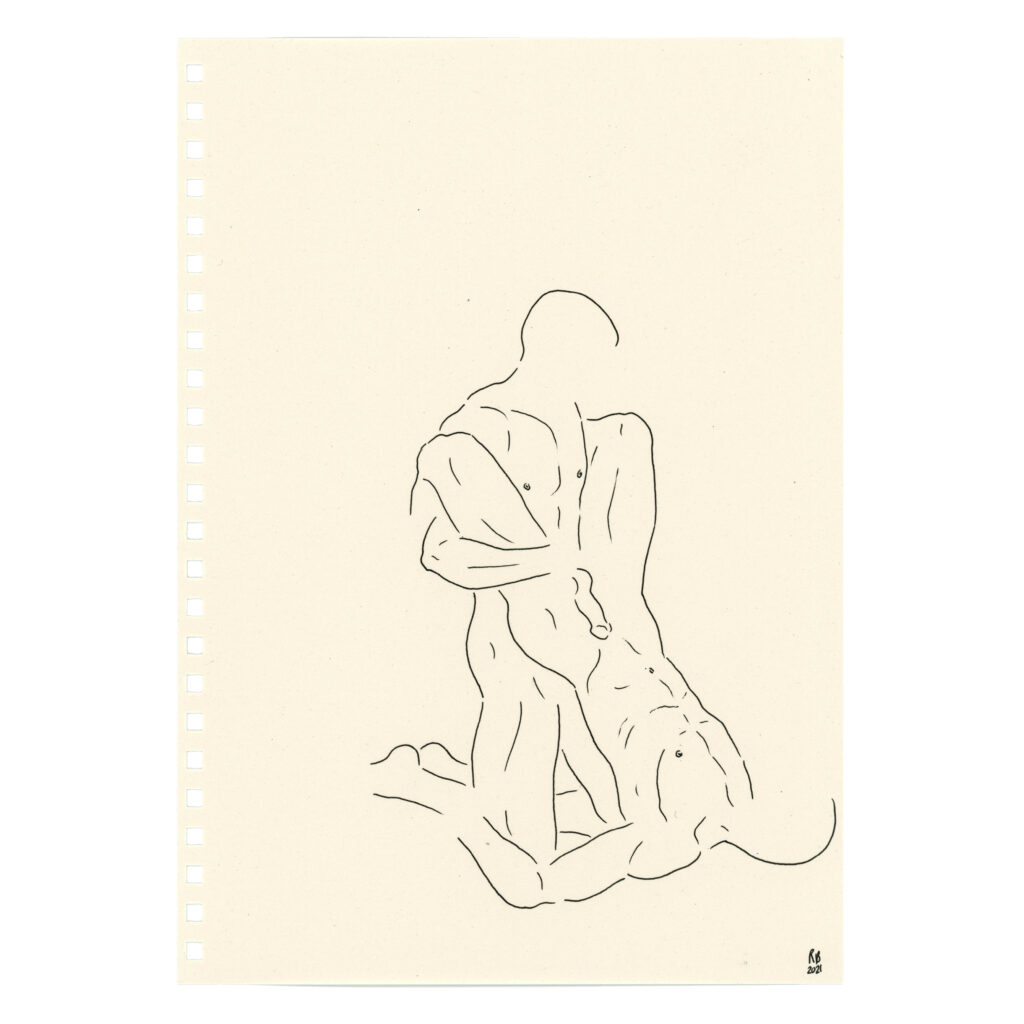
Dragging, 2021
Ink on paper, 21 x 15 cm
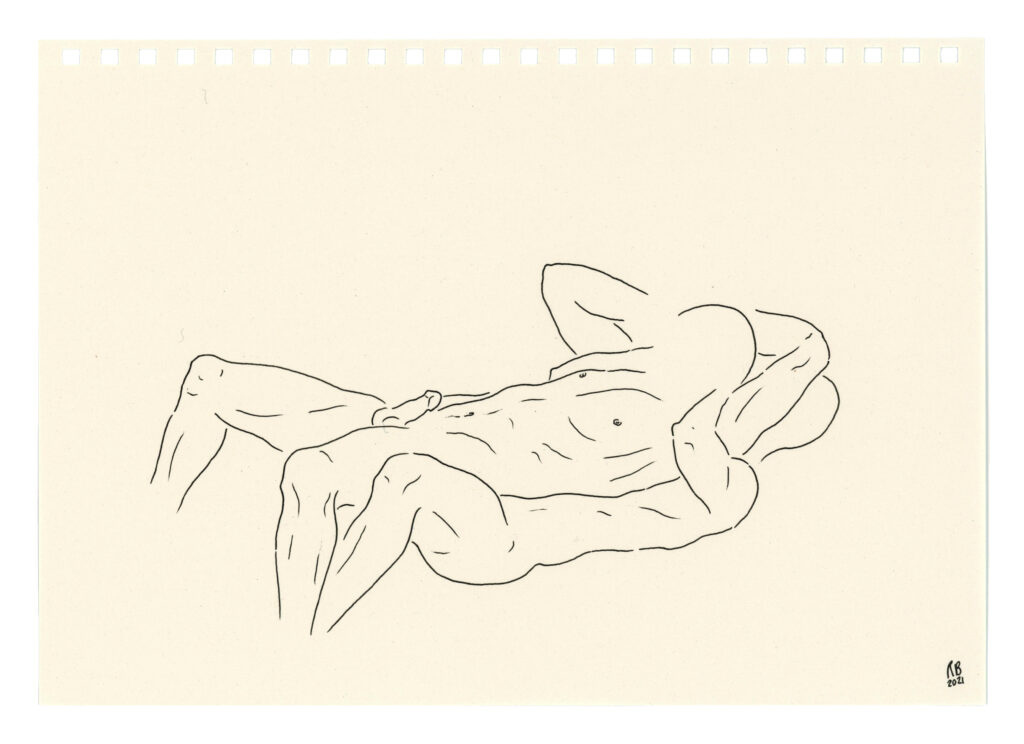
Holding Back, 2021
Ink on paper, 15 x 21 cm
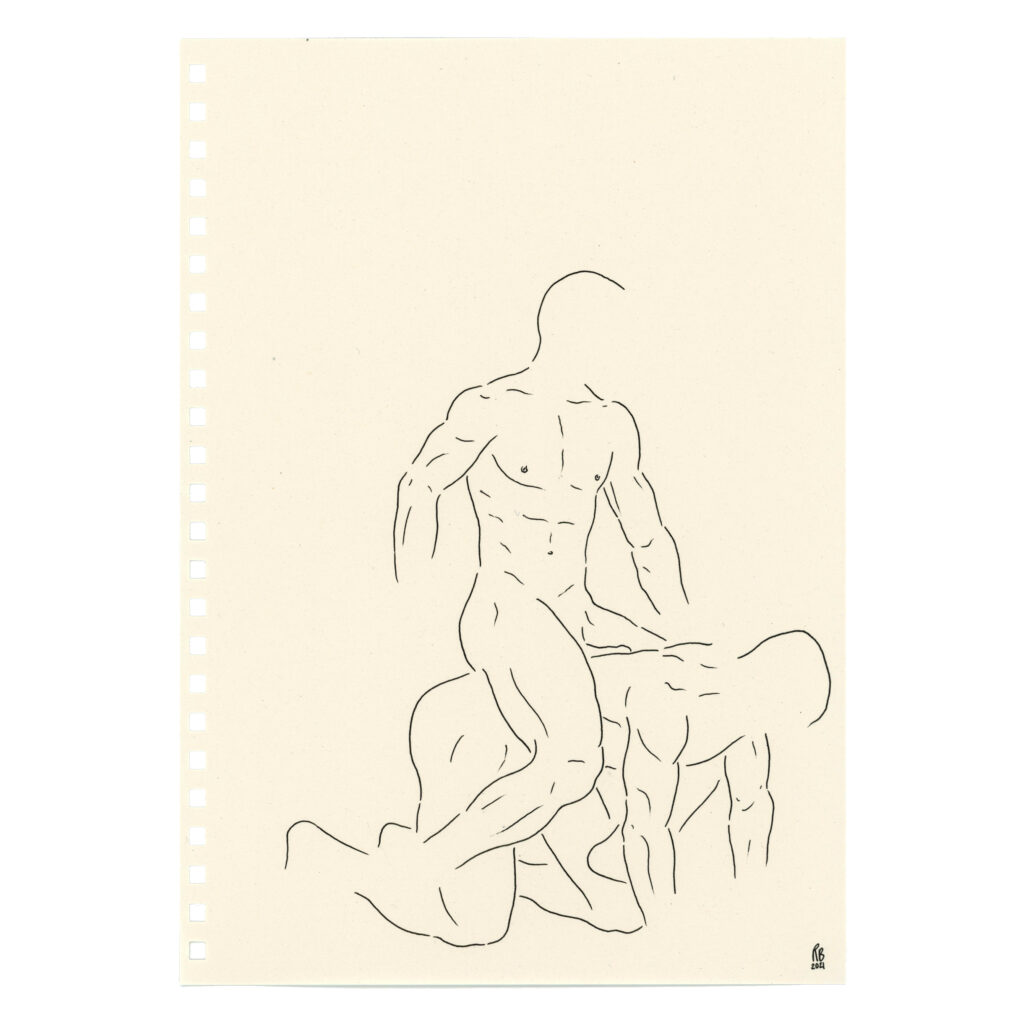
Riding, 2021
Ink on paper, 21 x 15 cm
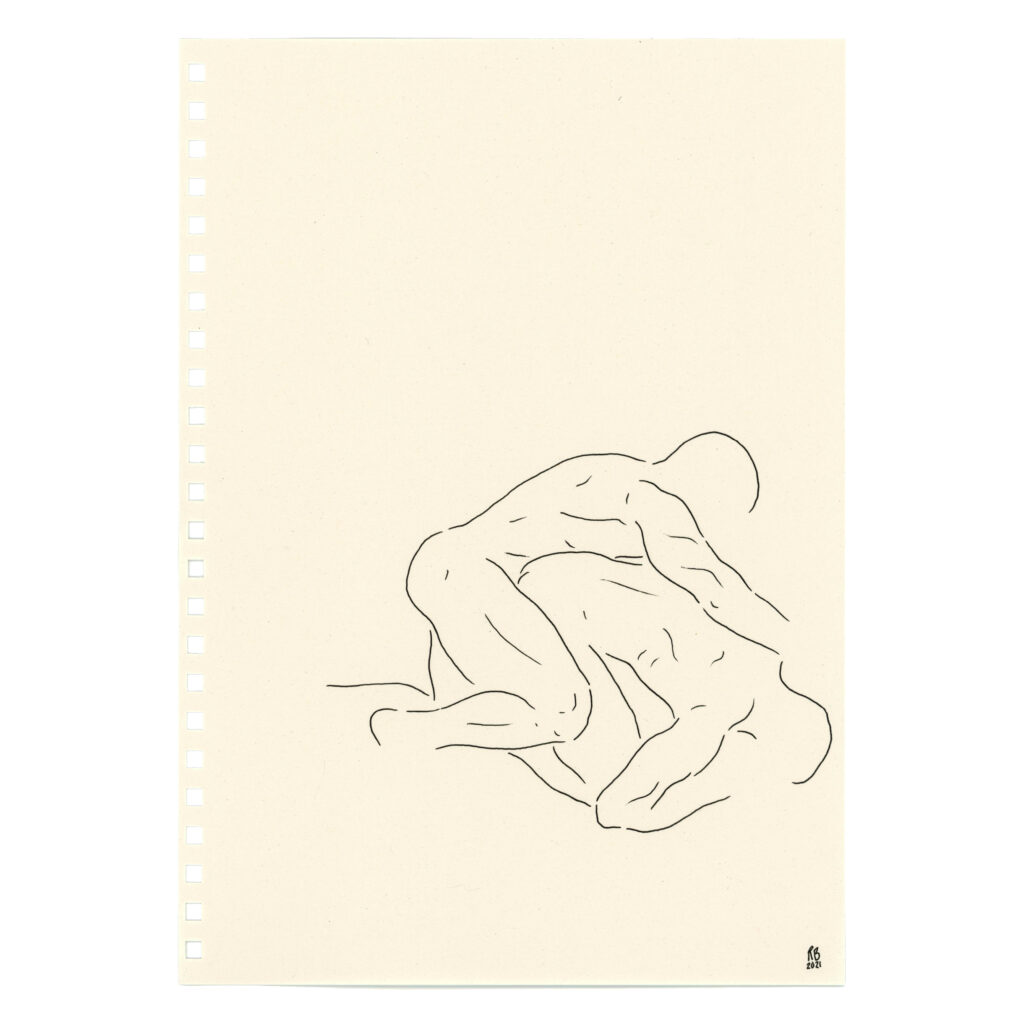
Pulling Back, 2021
Ink on paper, 21 x 15 cm
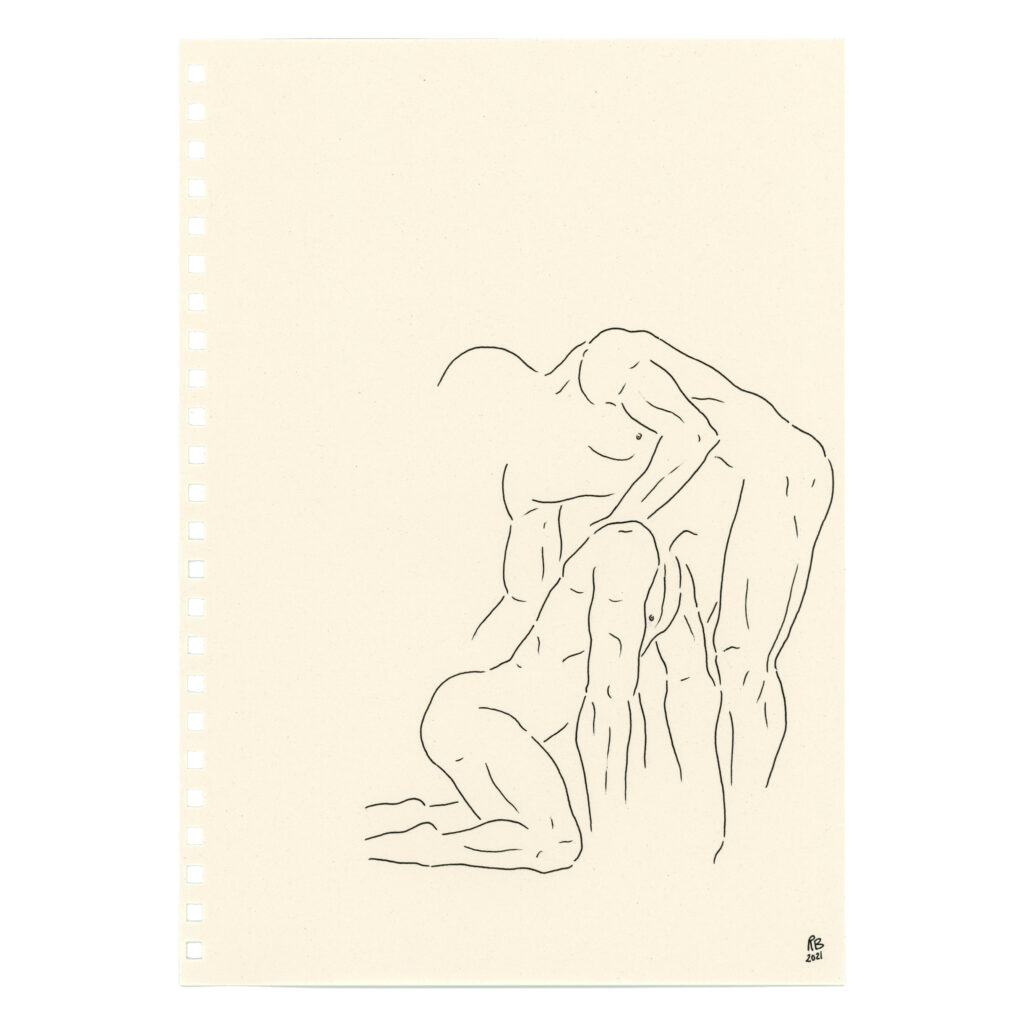
Tasting, 2021
Ink on paper, 21 x 15 cm
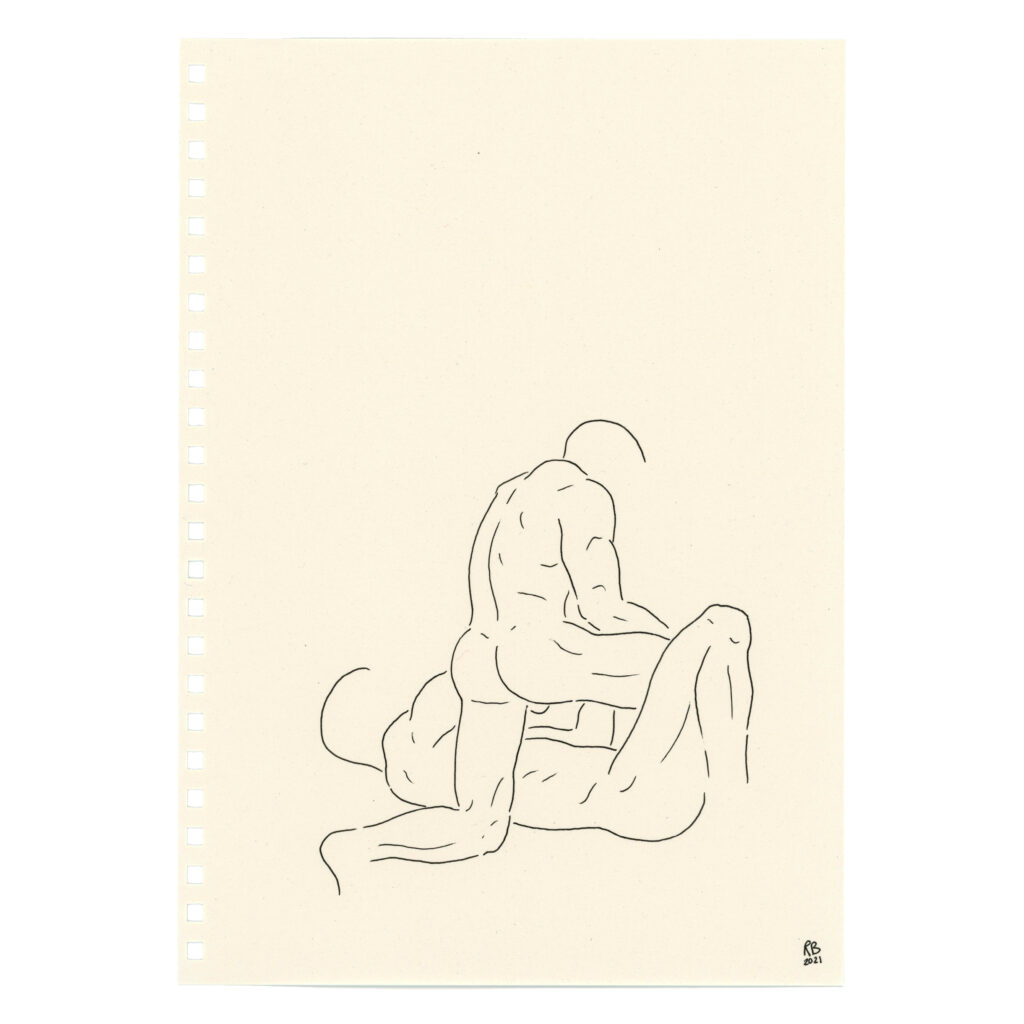
Getting Up, 2021
Ink on paper, 21 x 15 cm
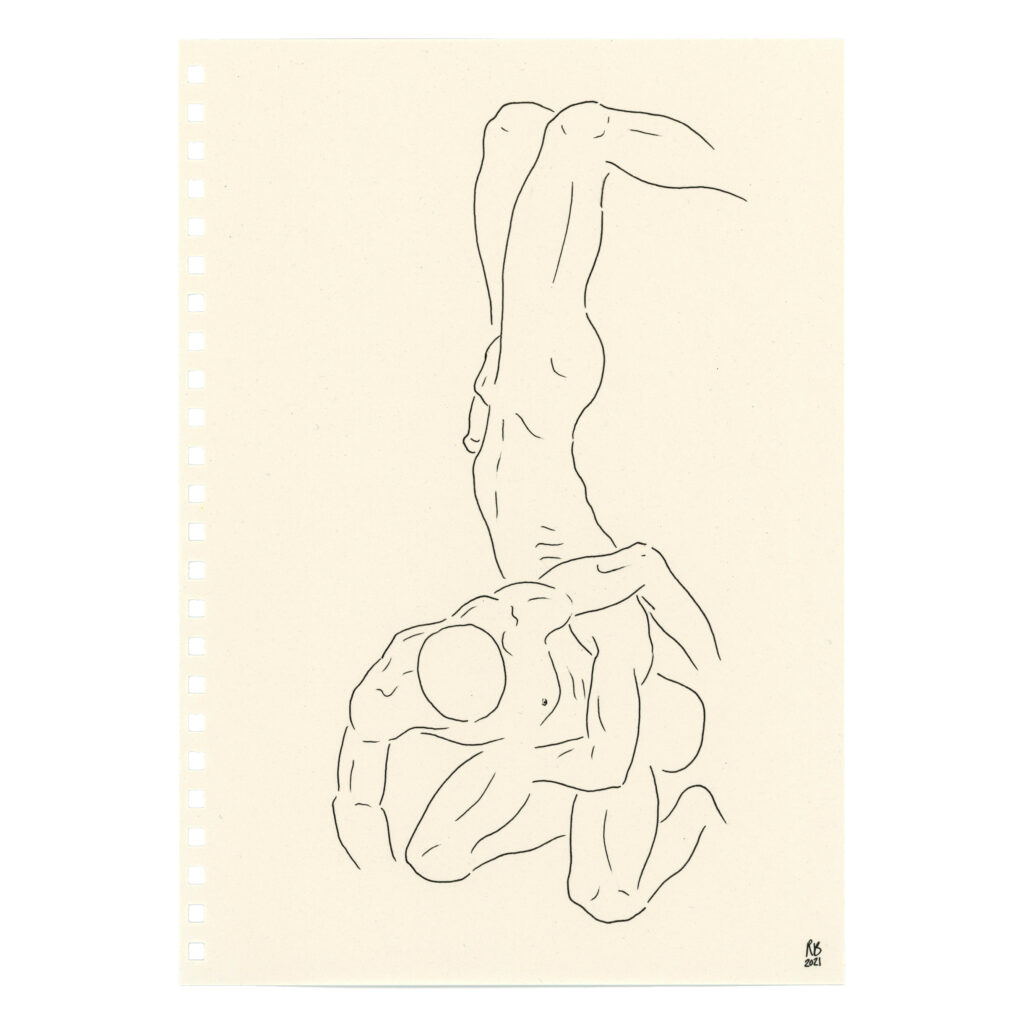
Araising, 2021
Ink on paper, 21 x 15 cm
© Roberto Barbosa 2021.
All rights reserved.